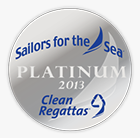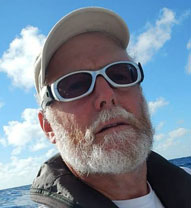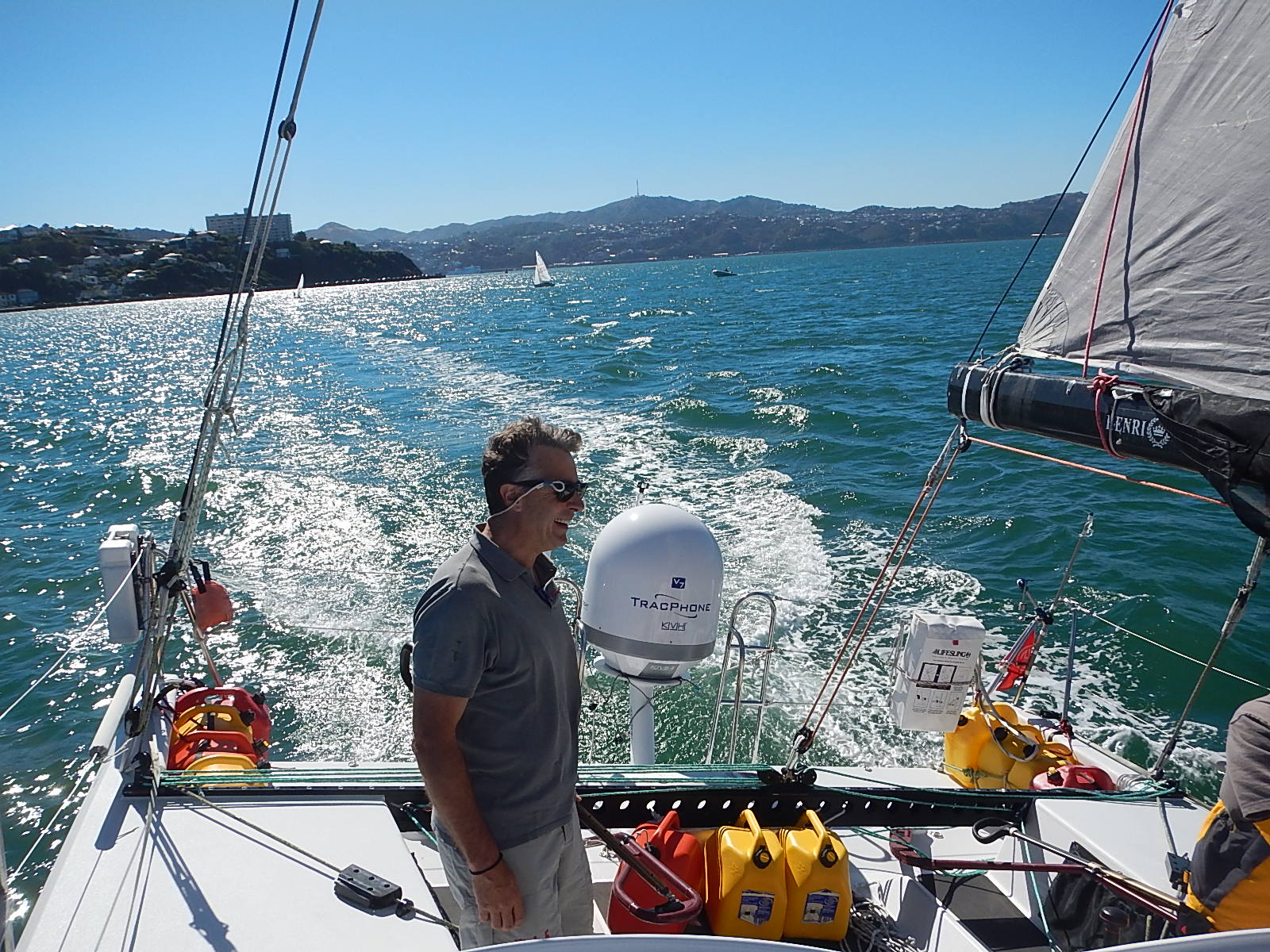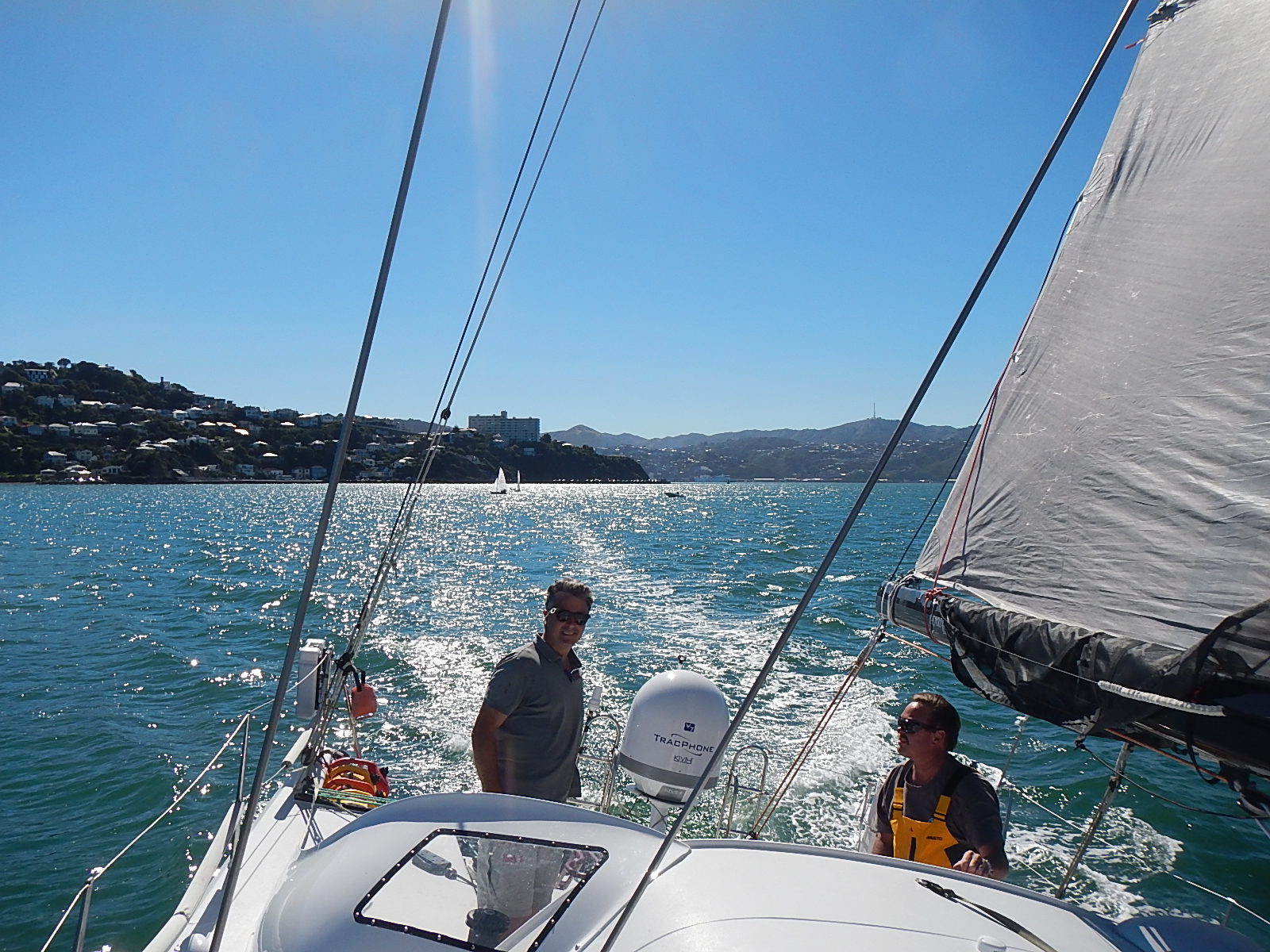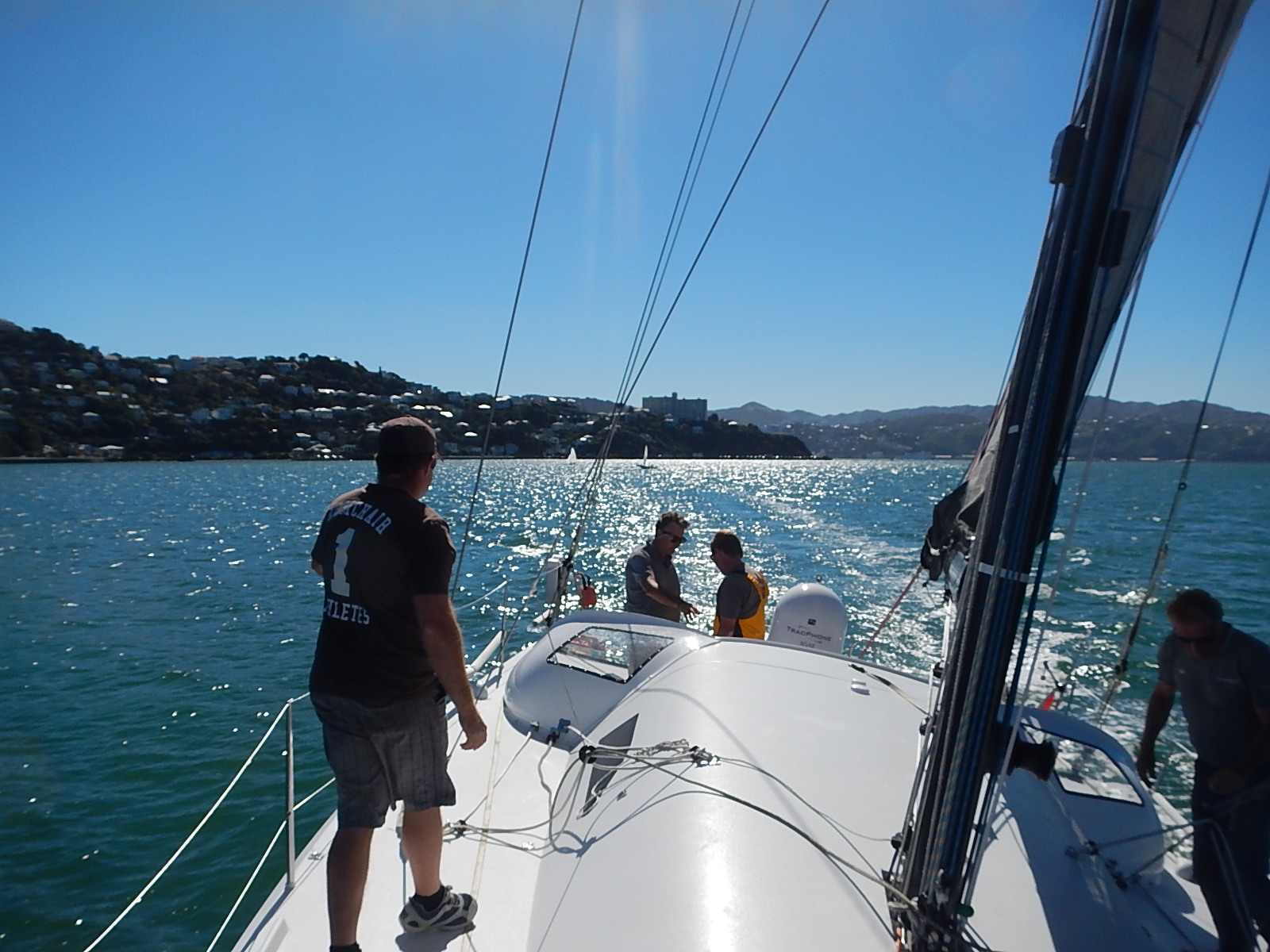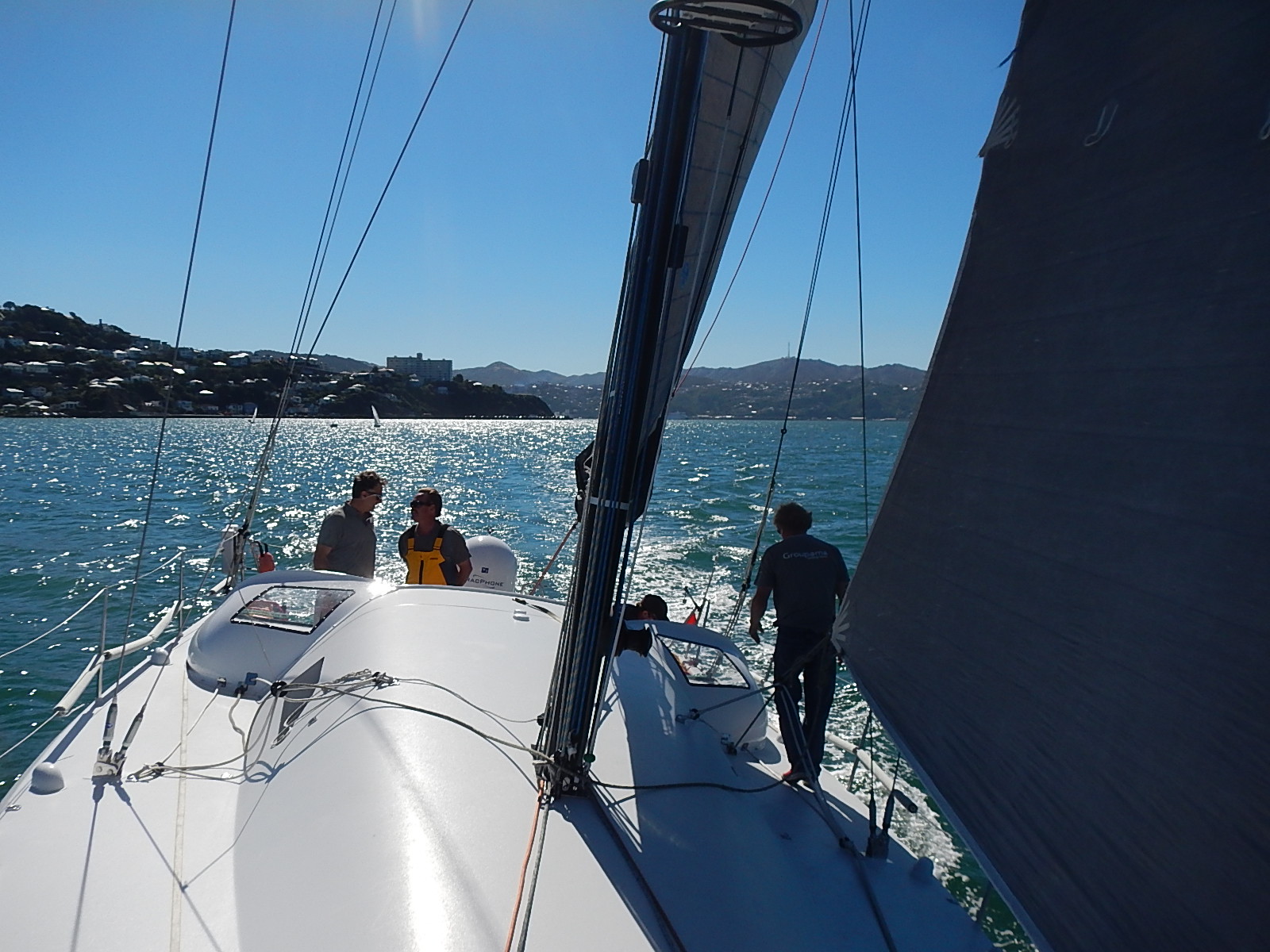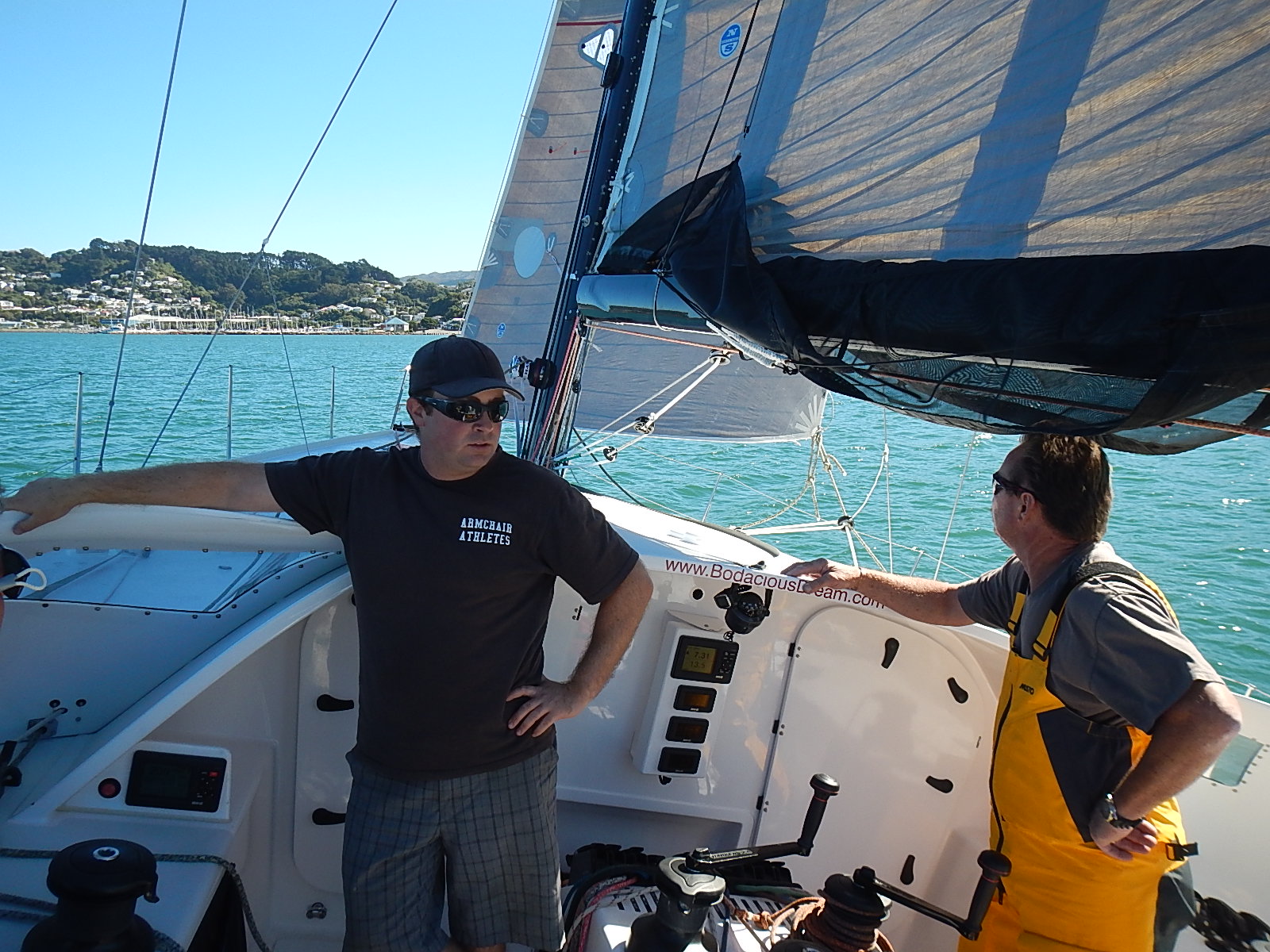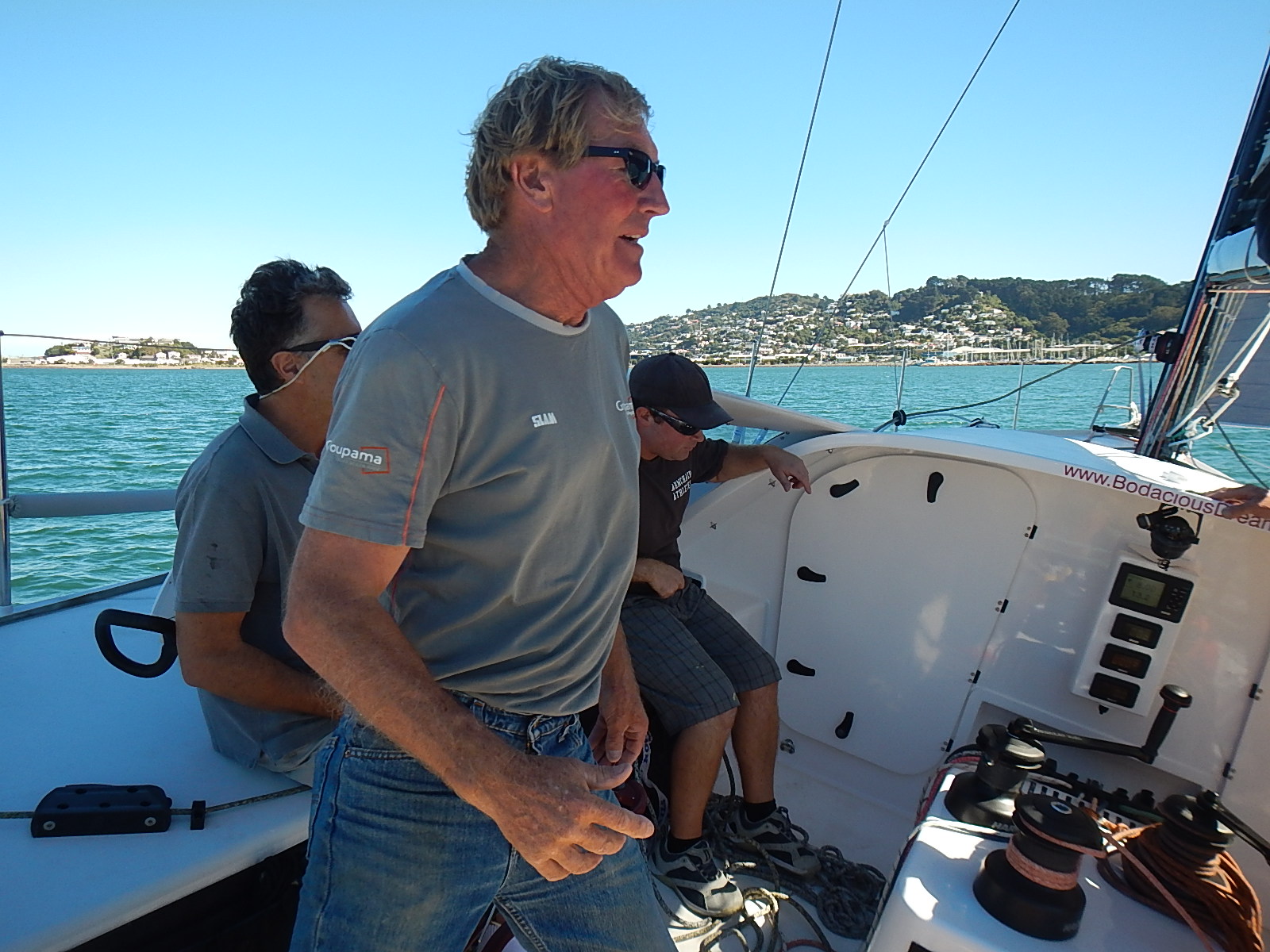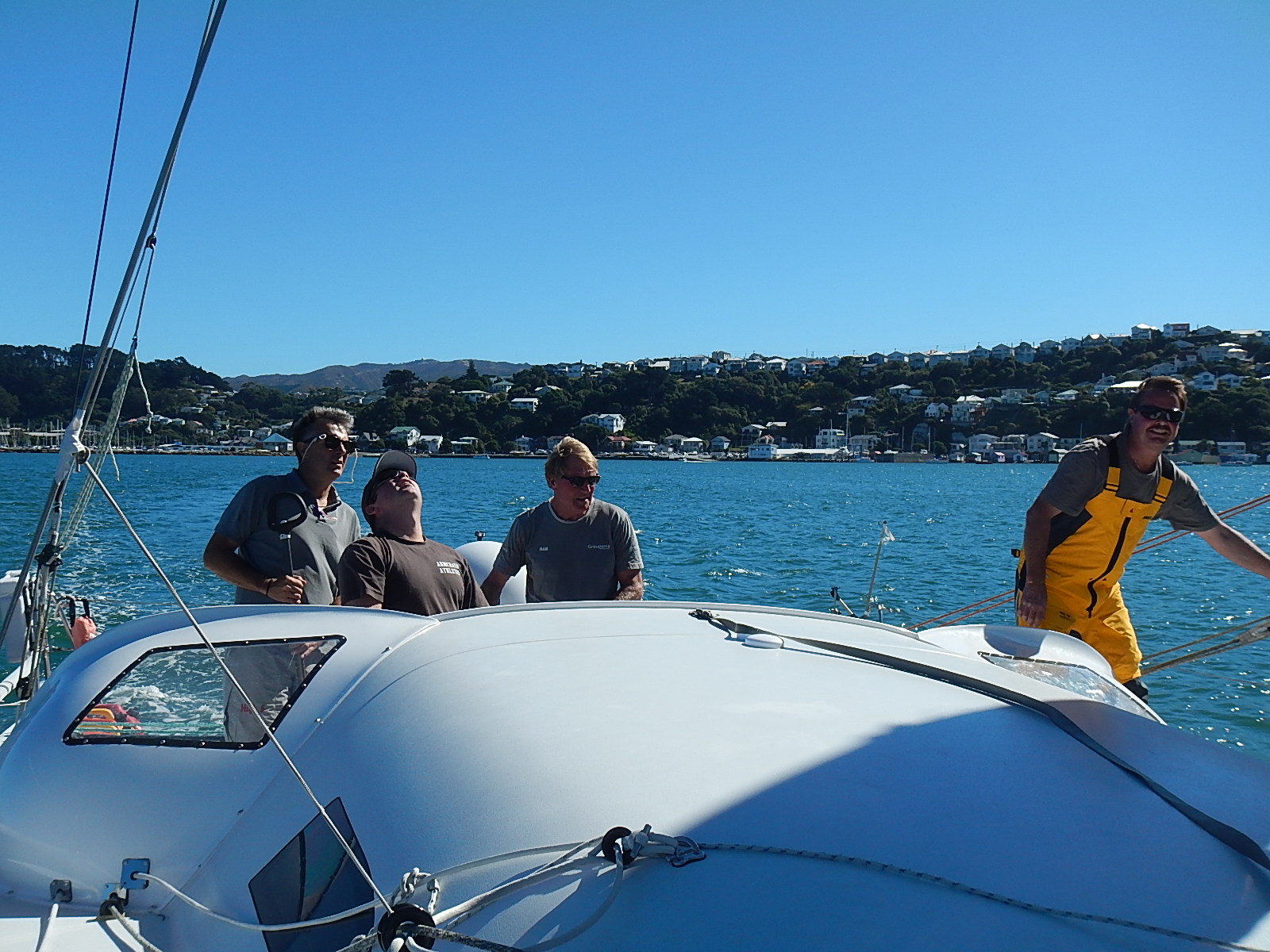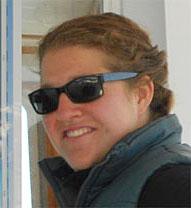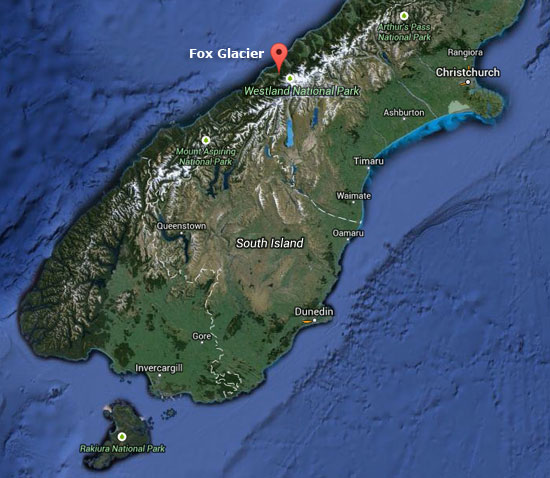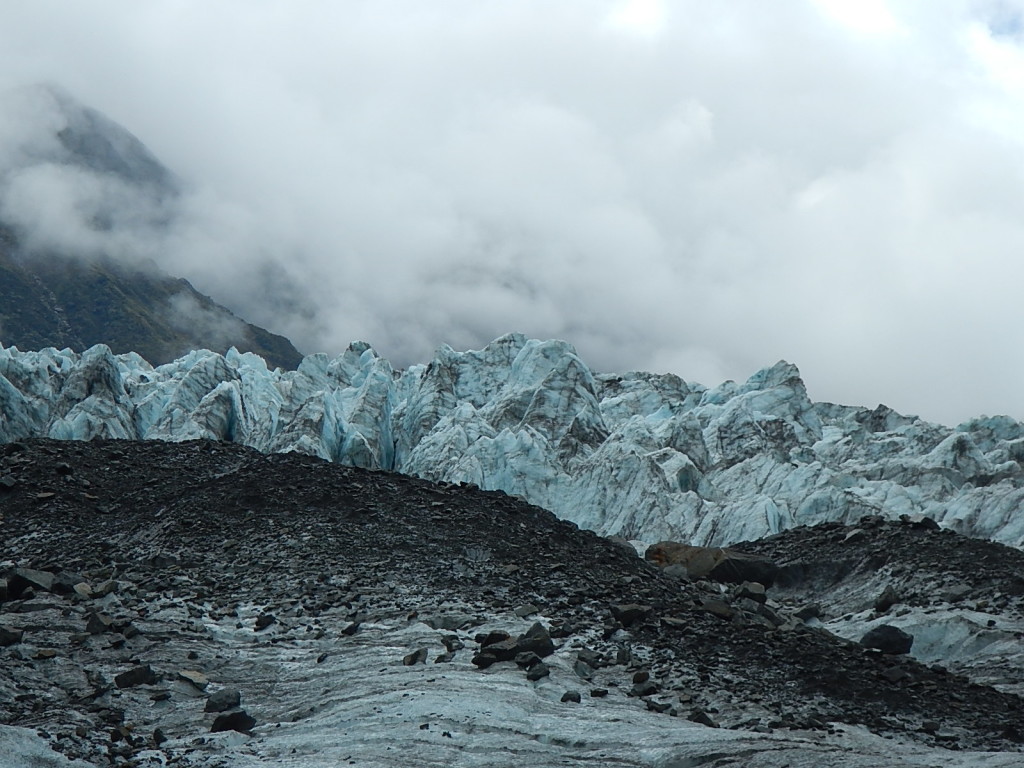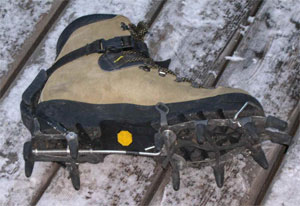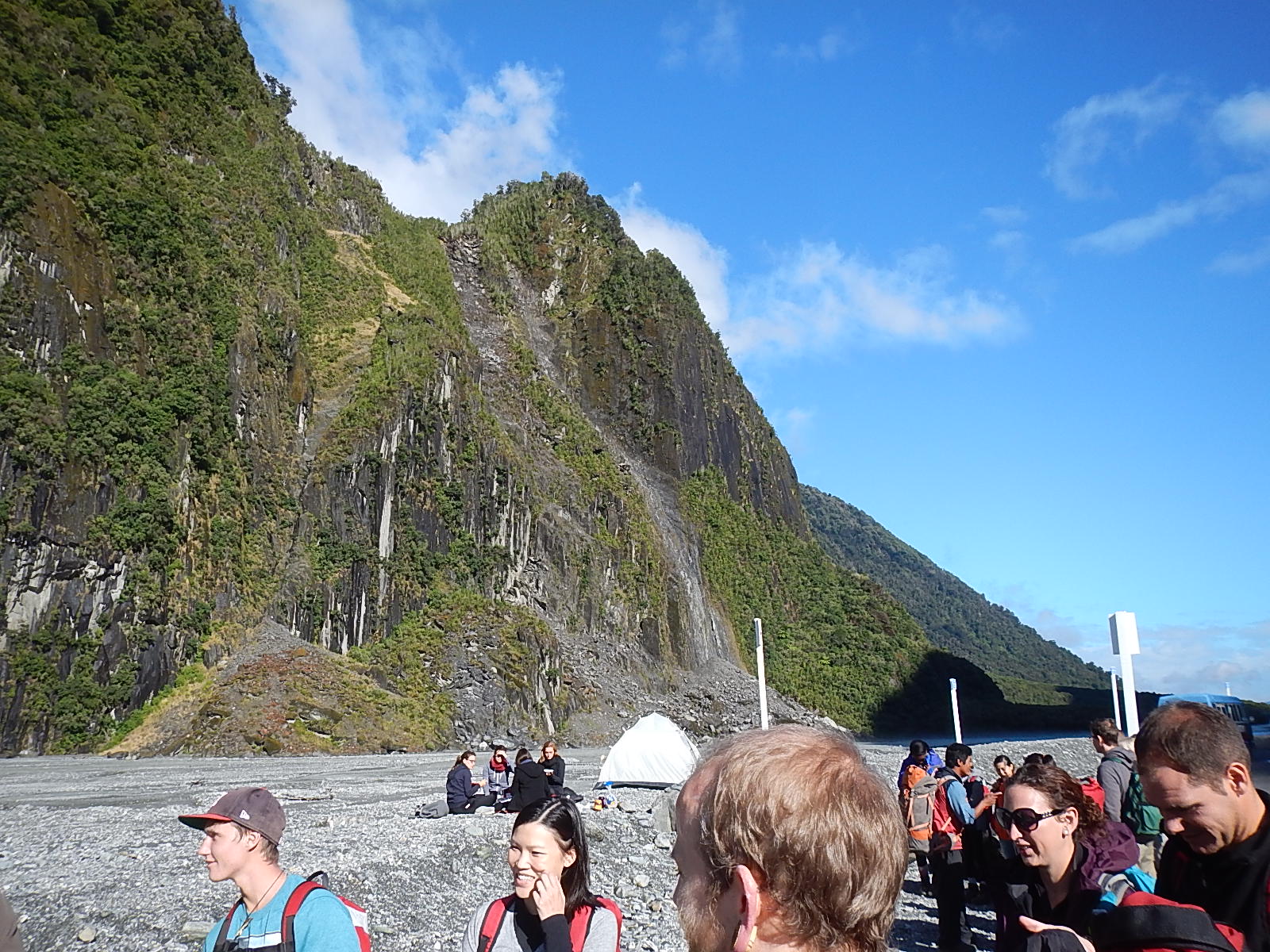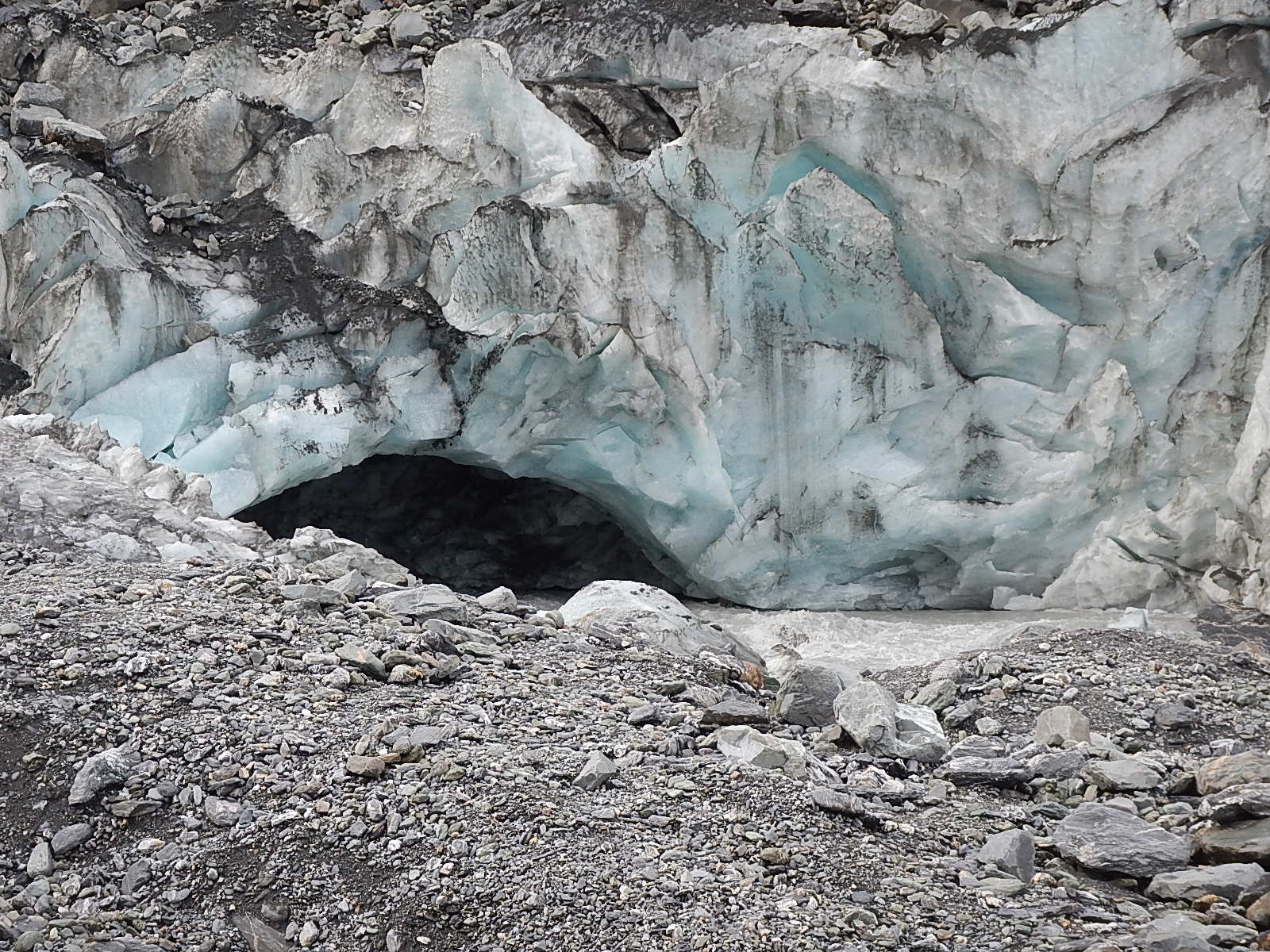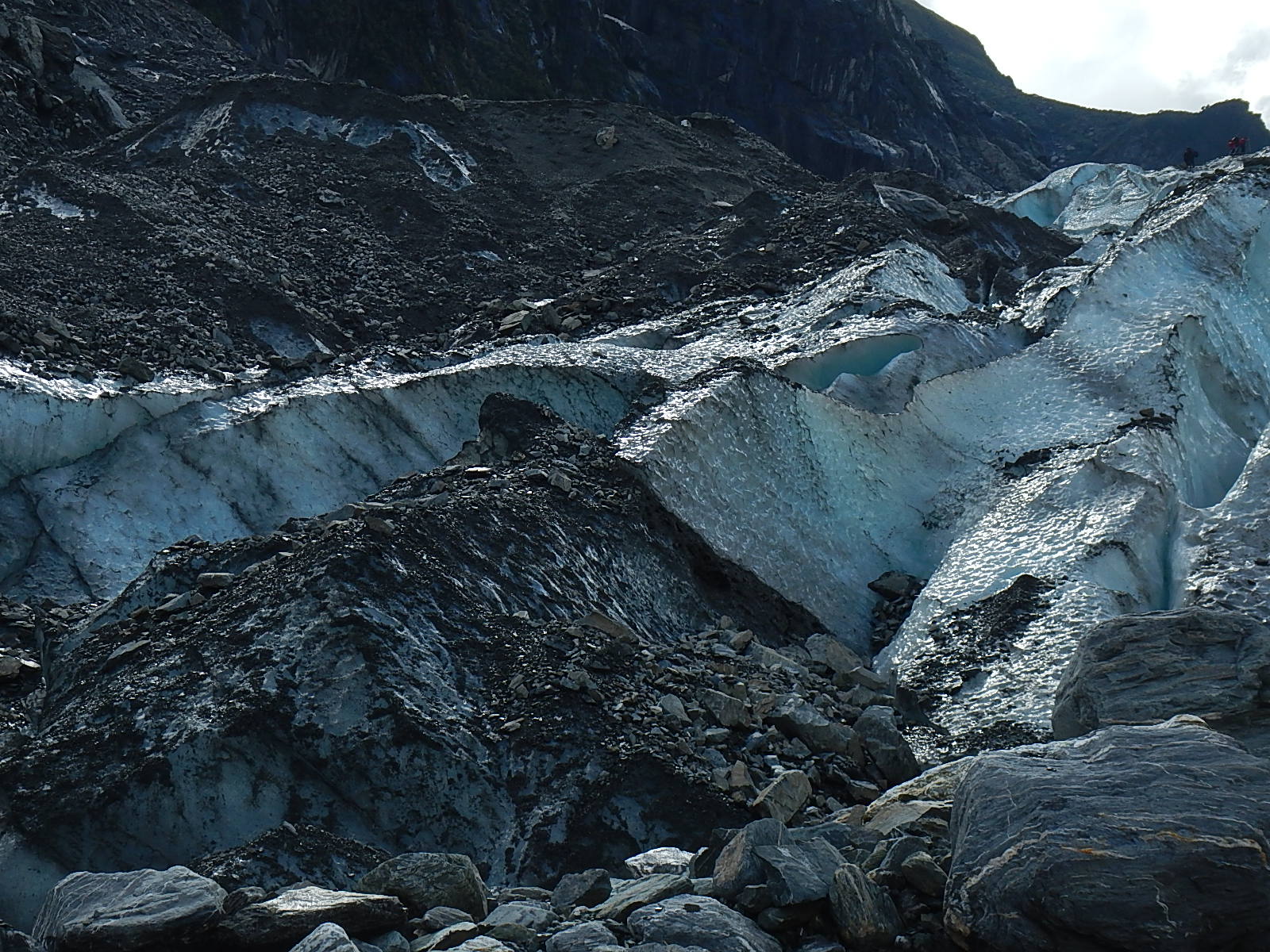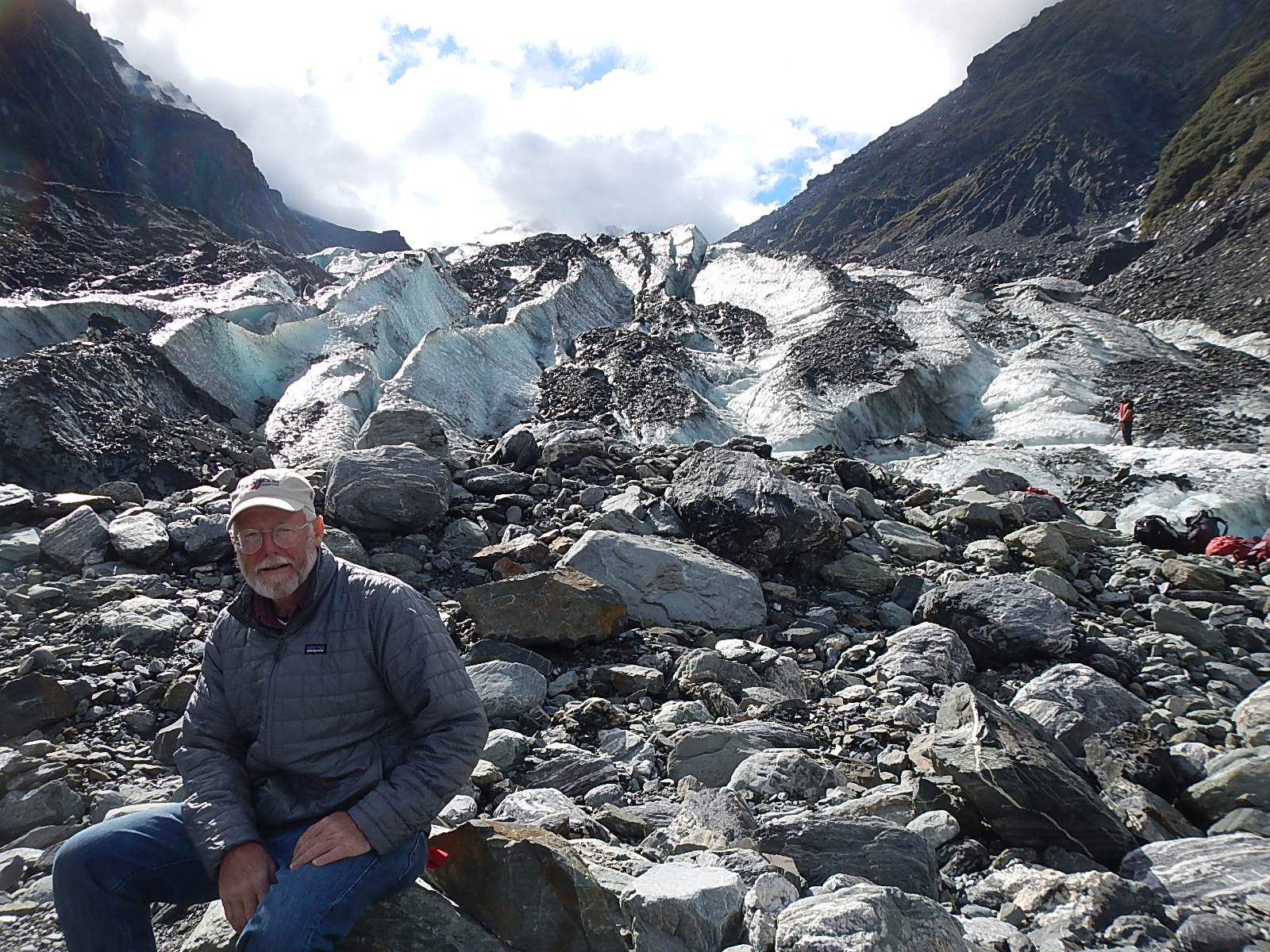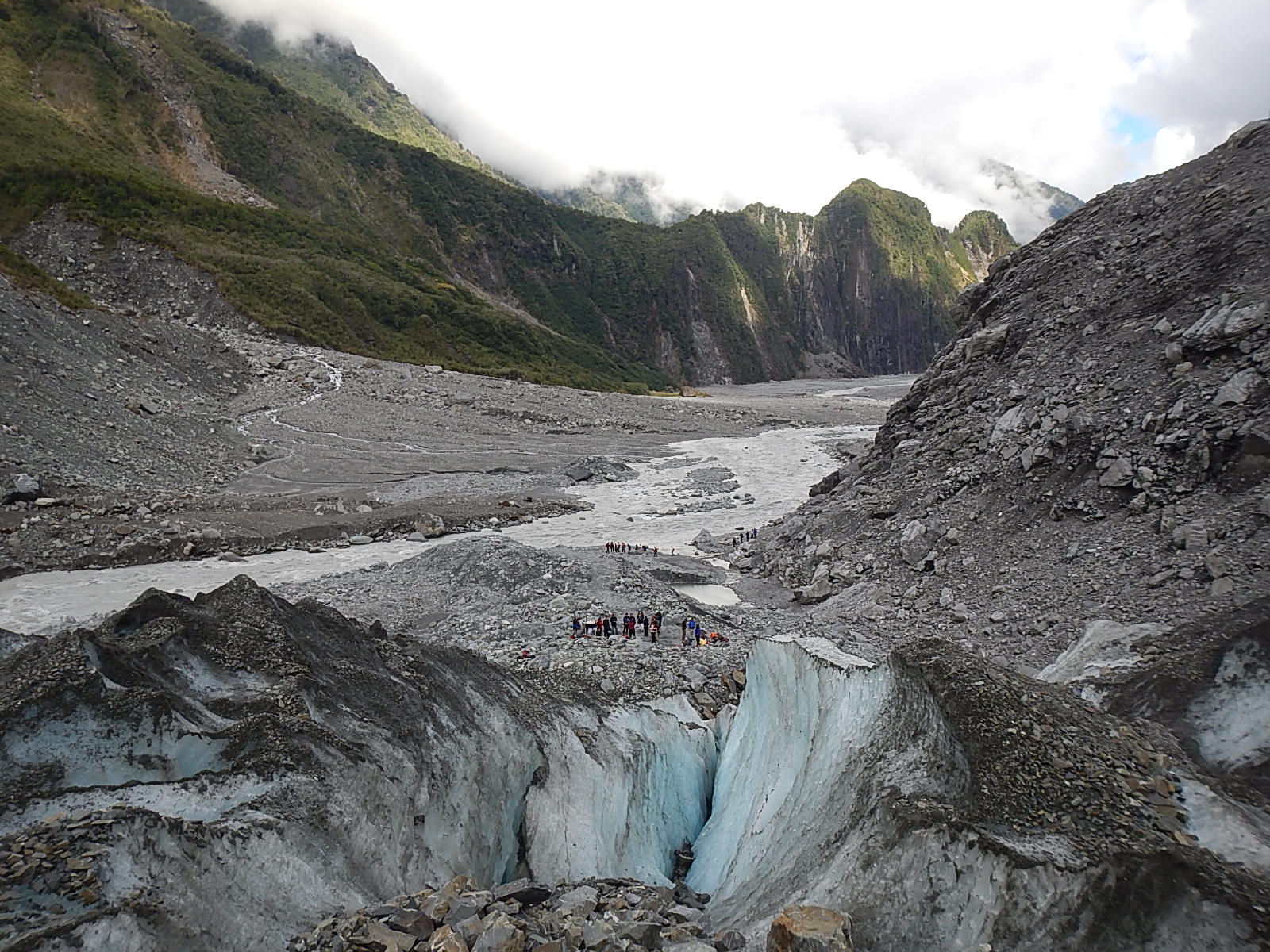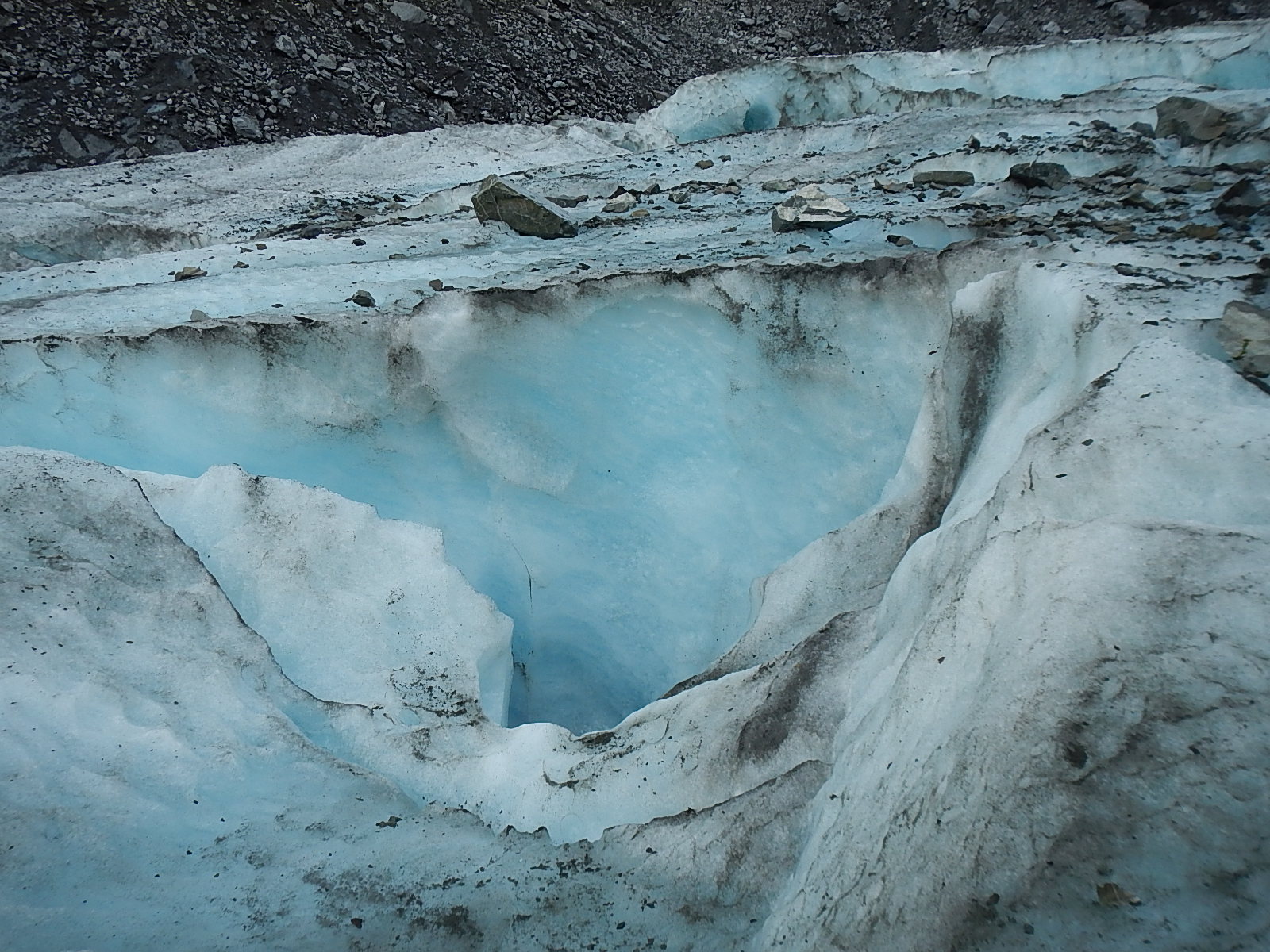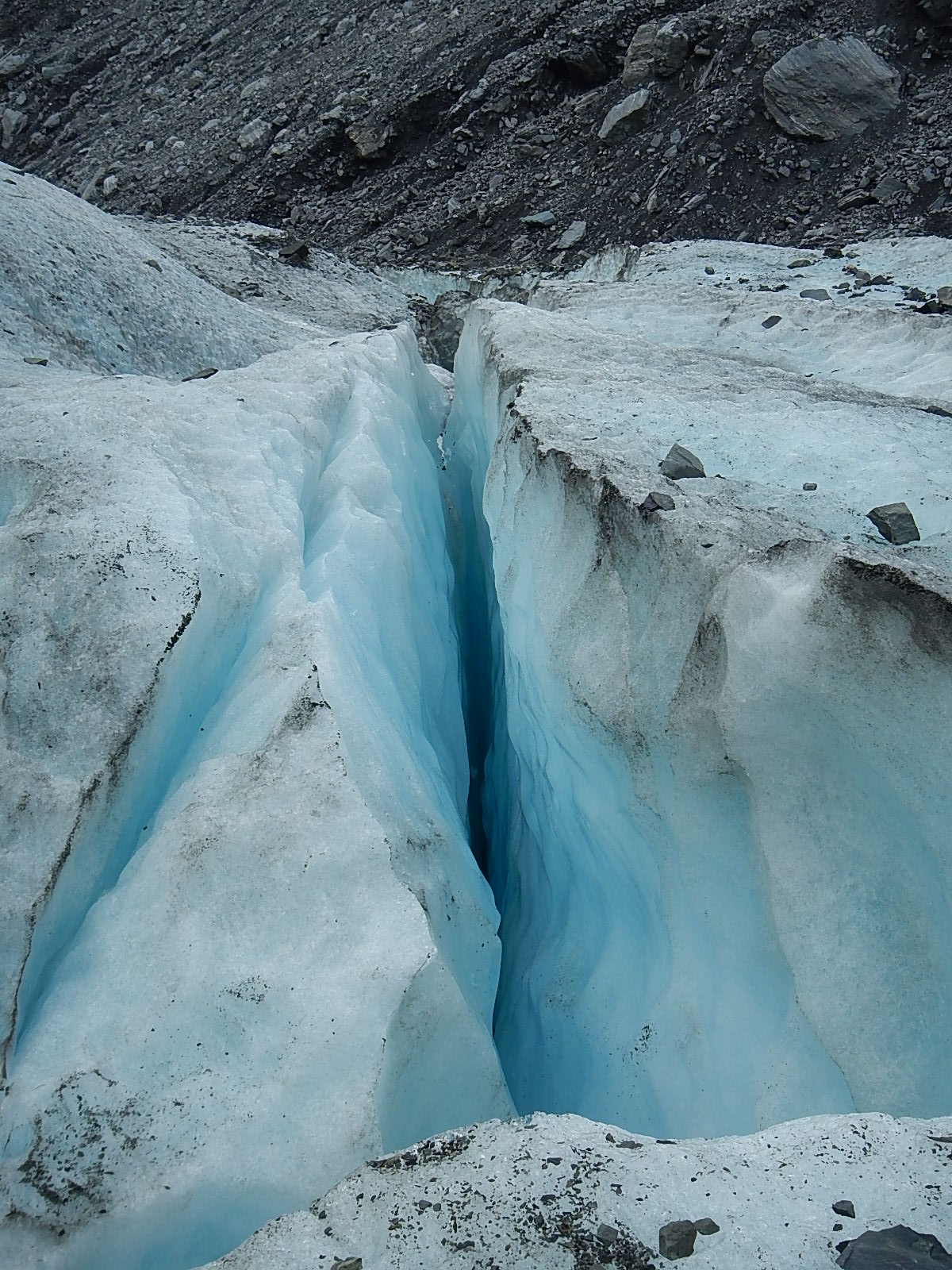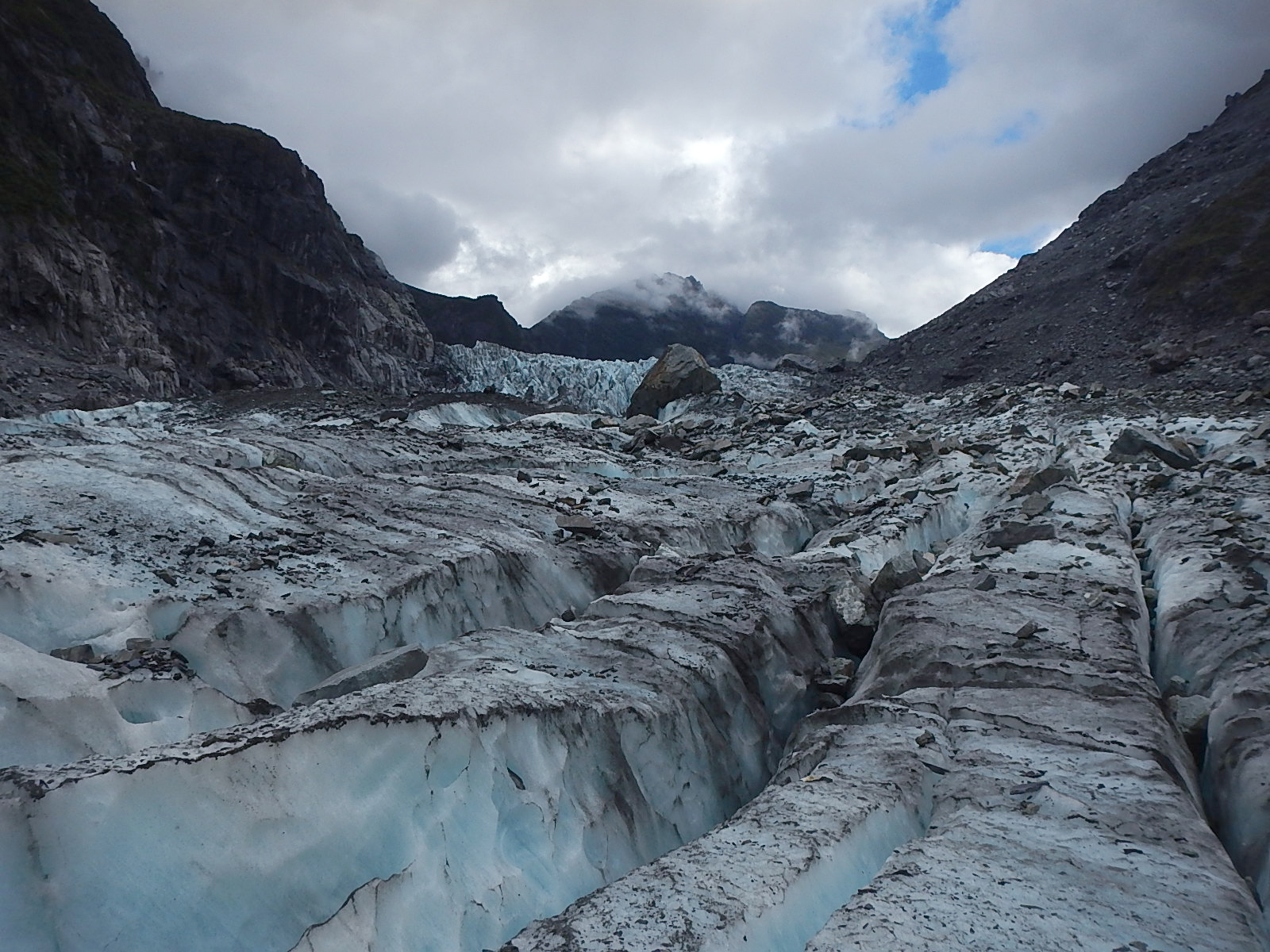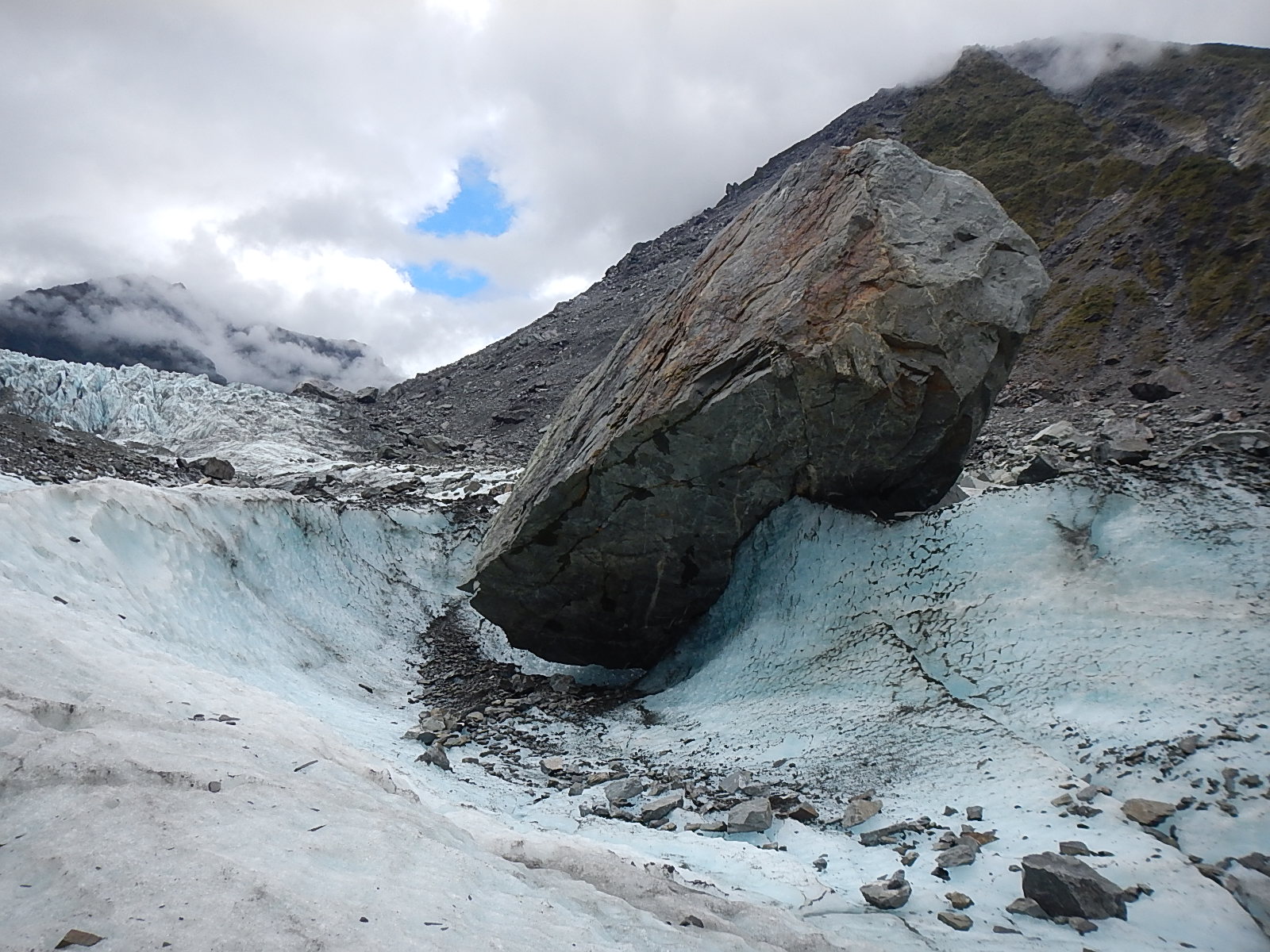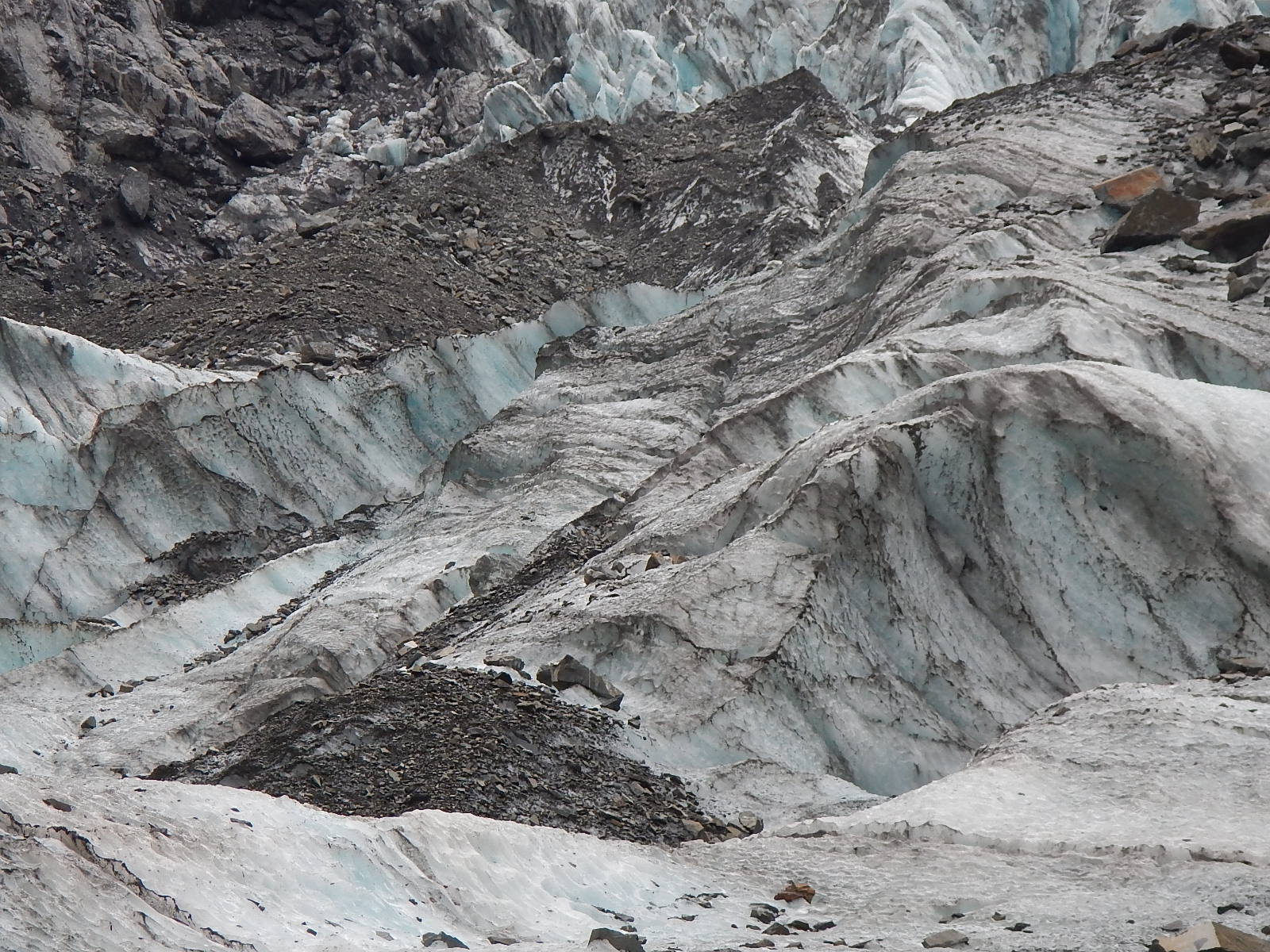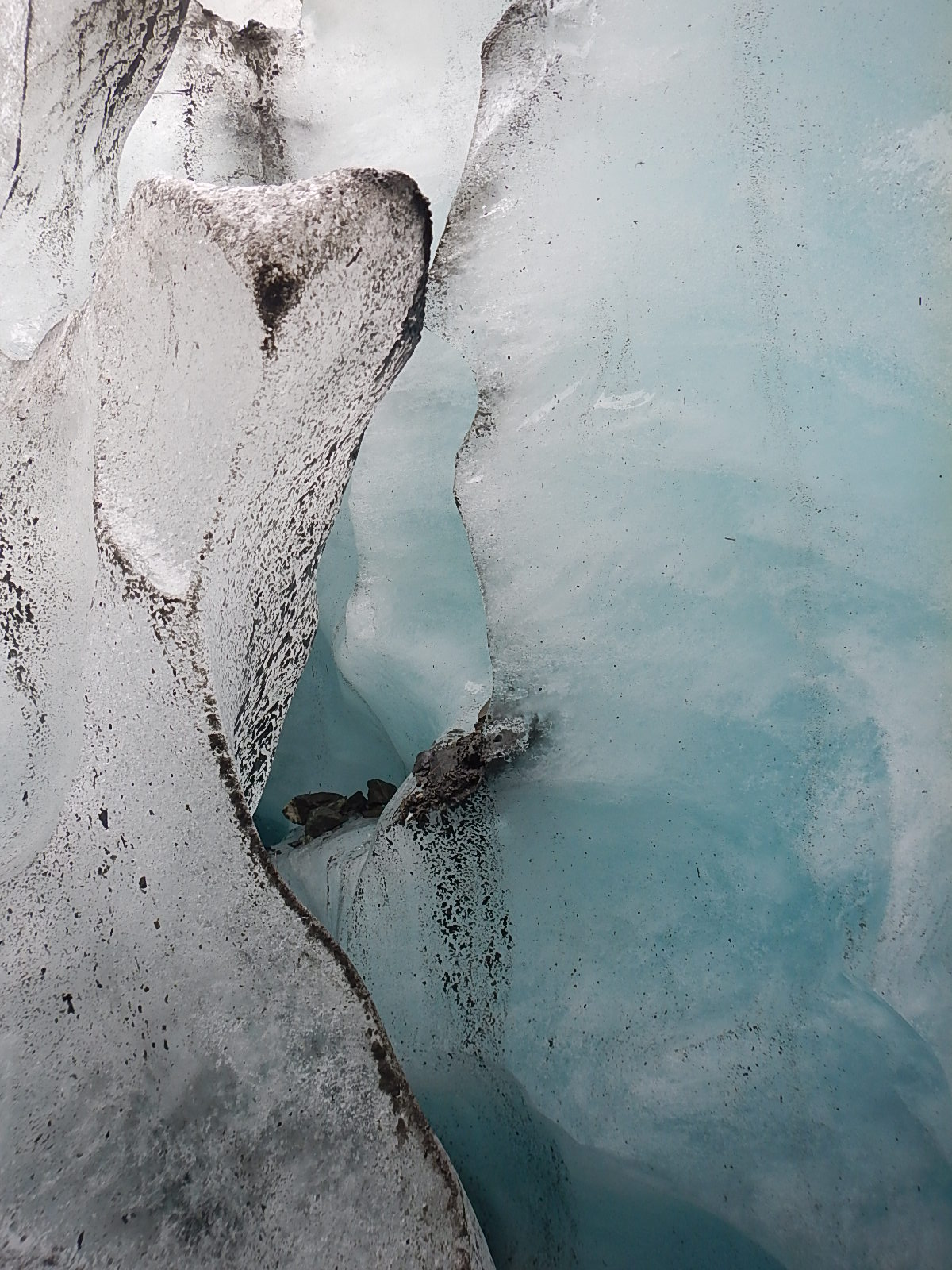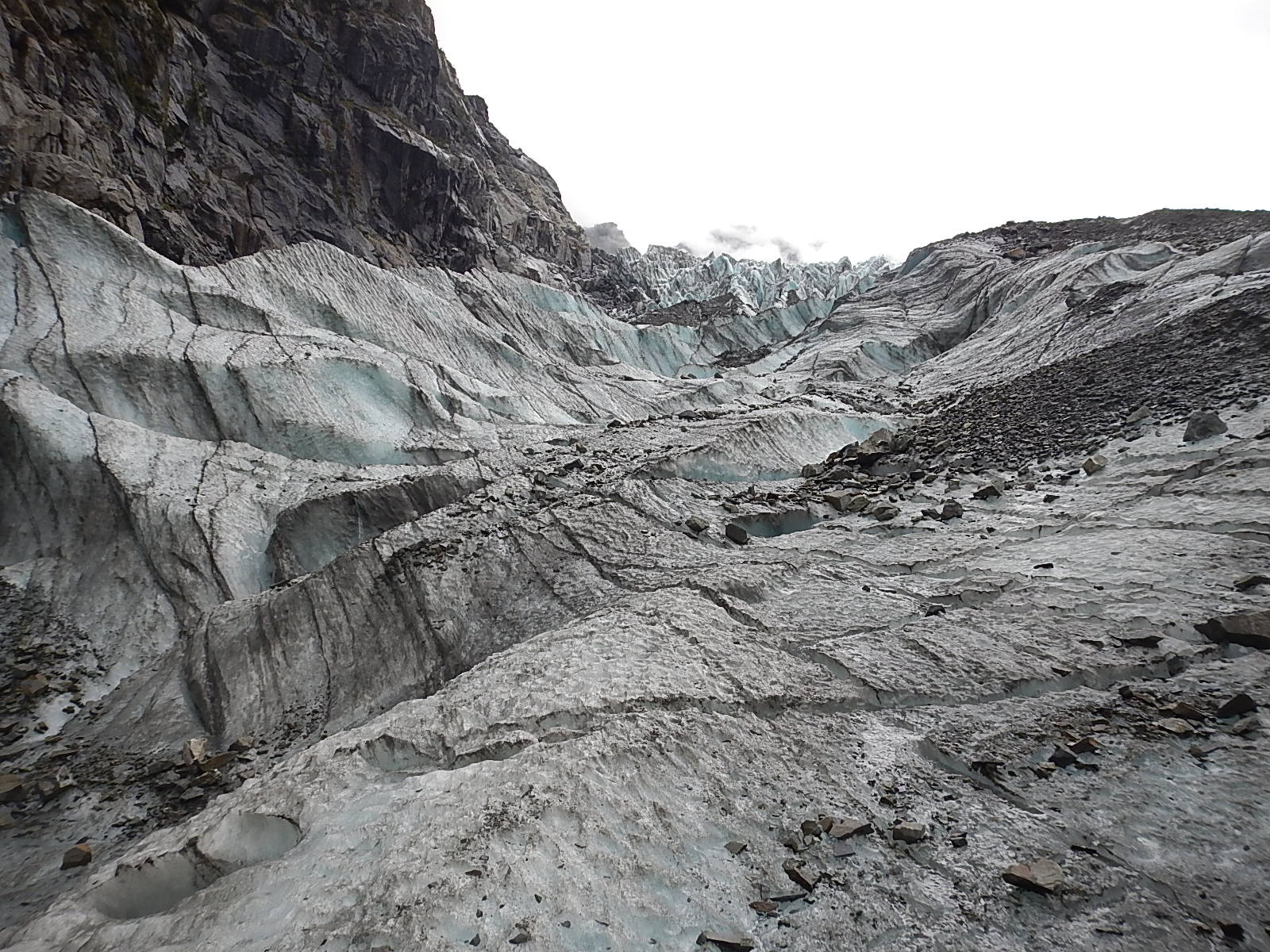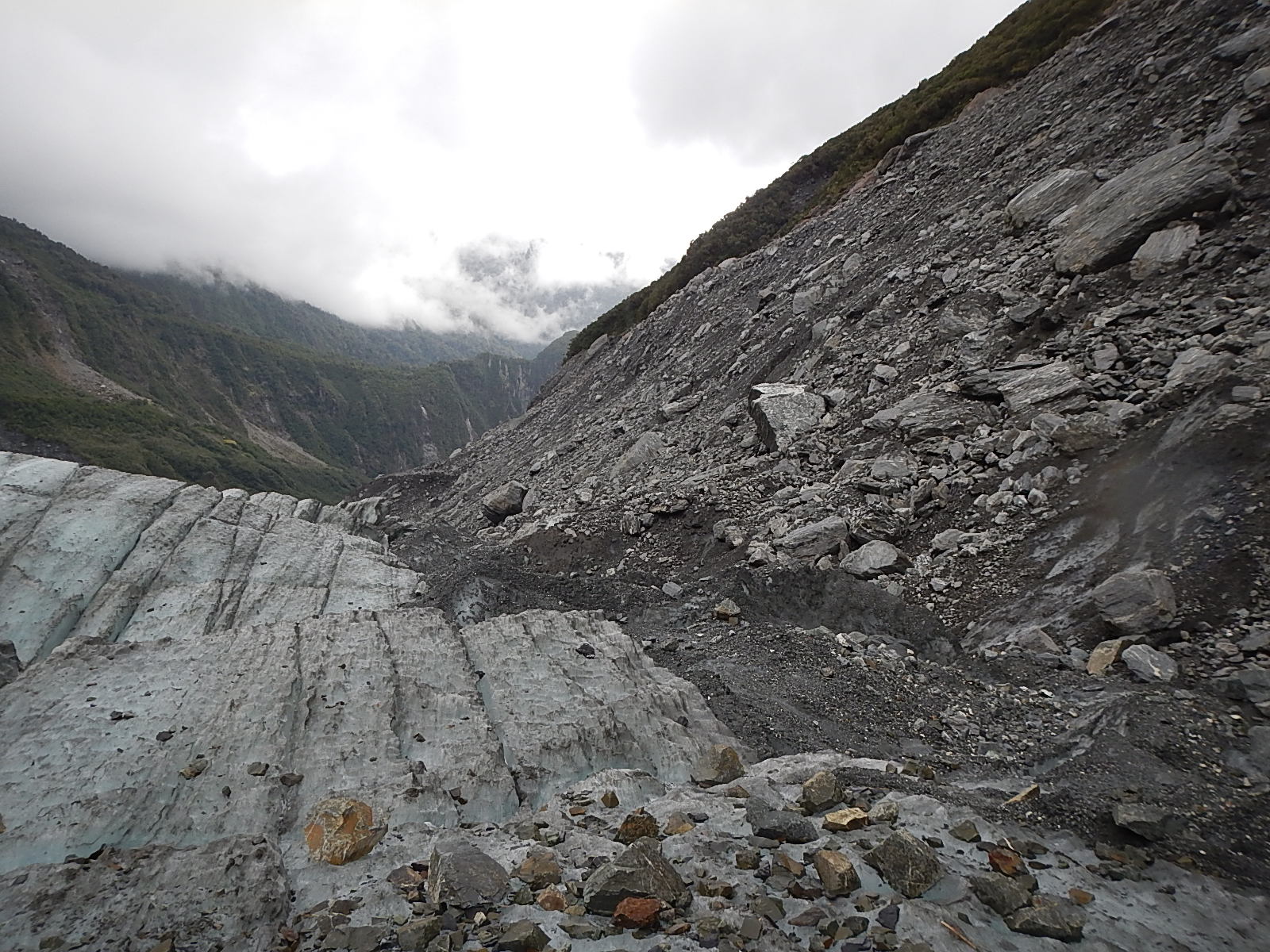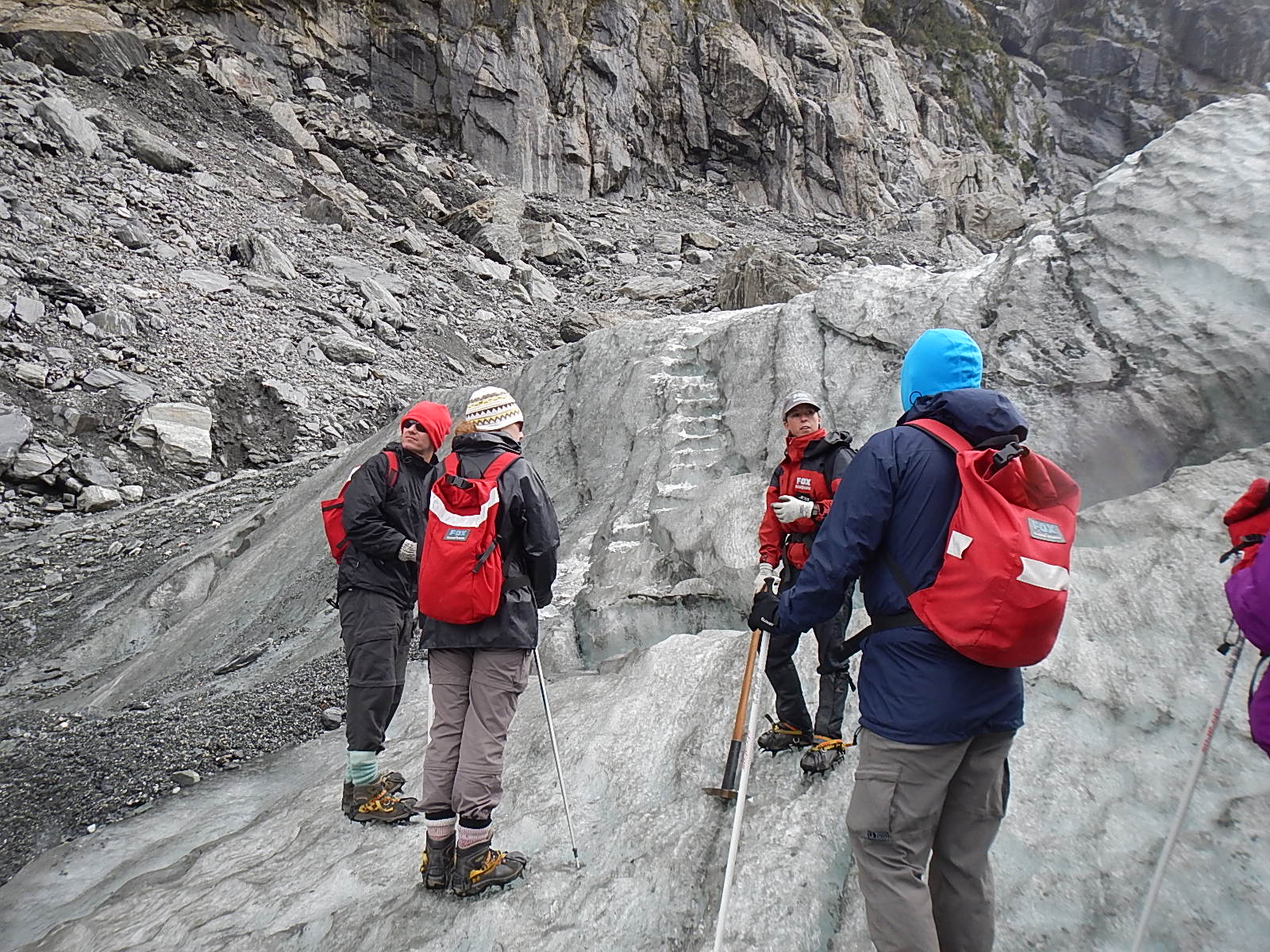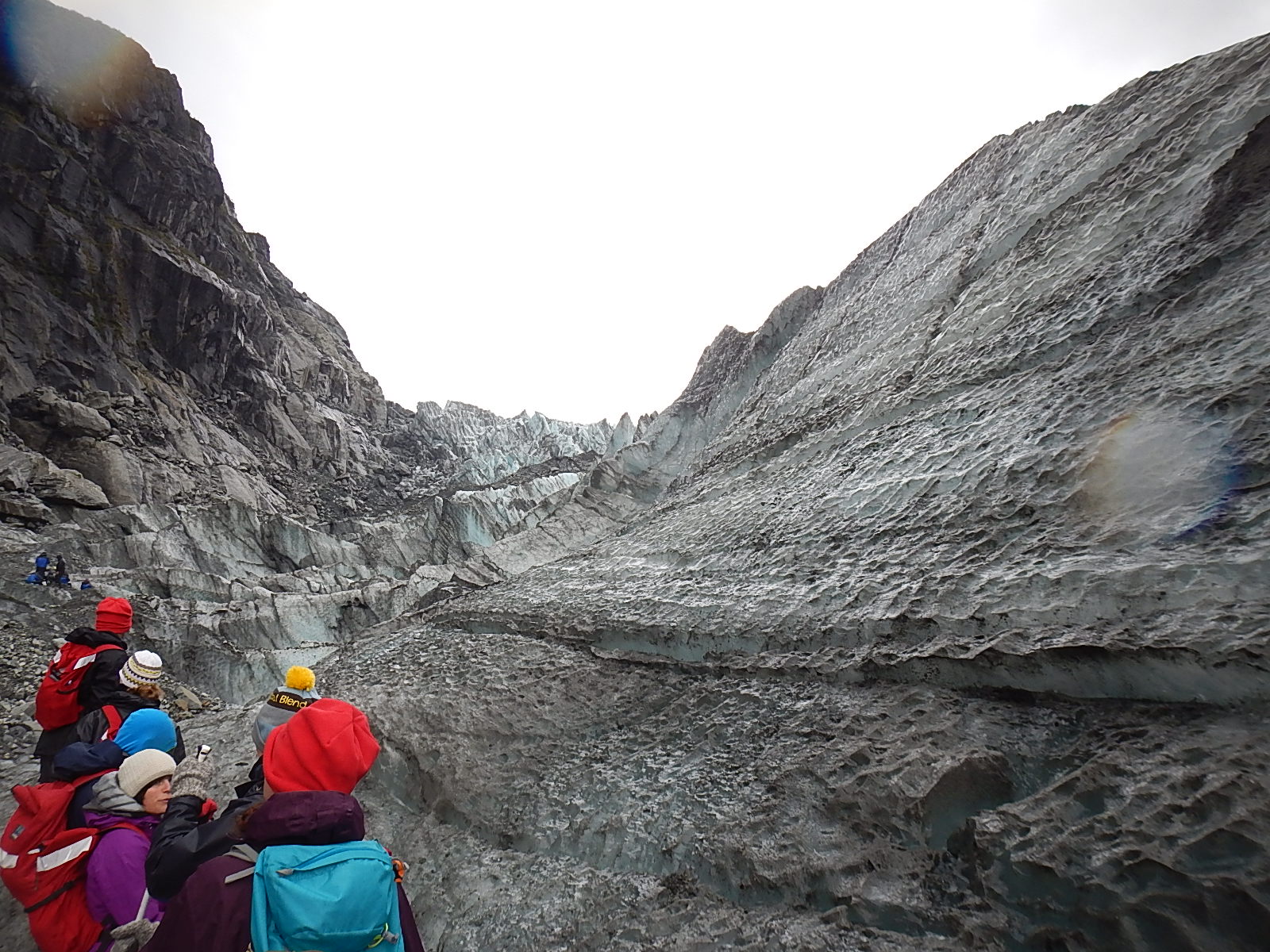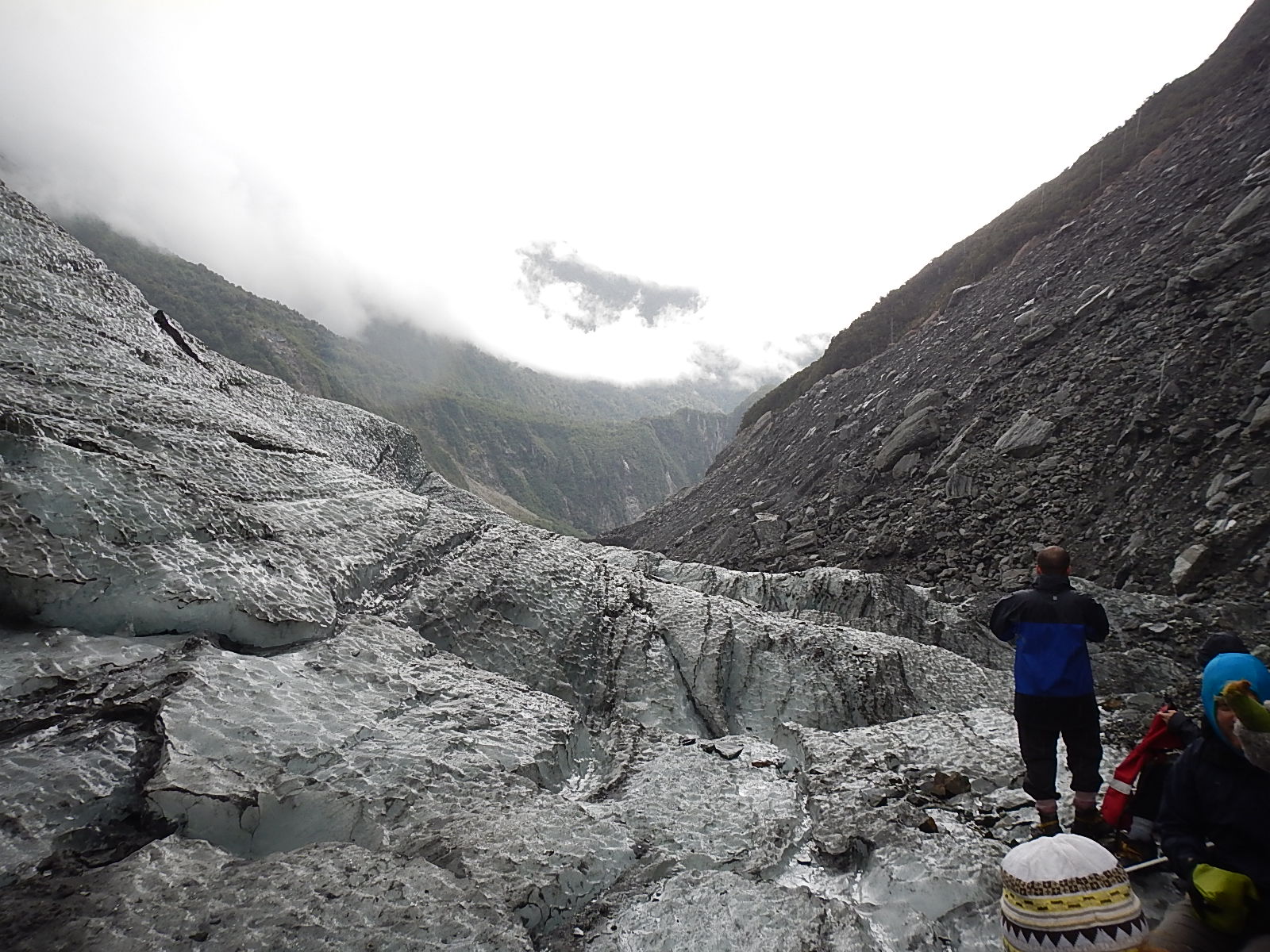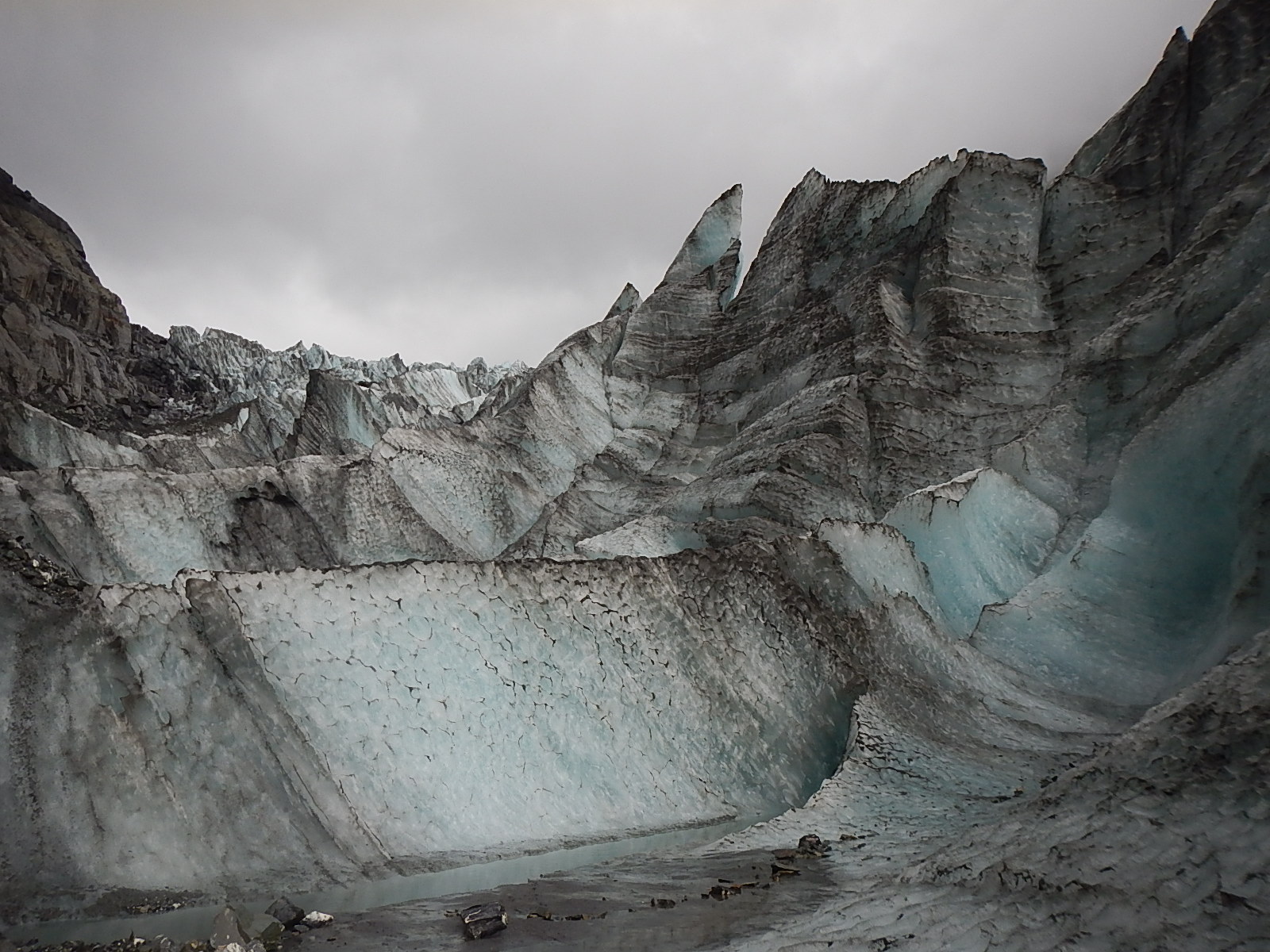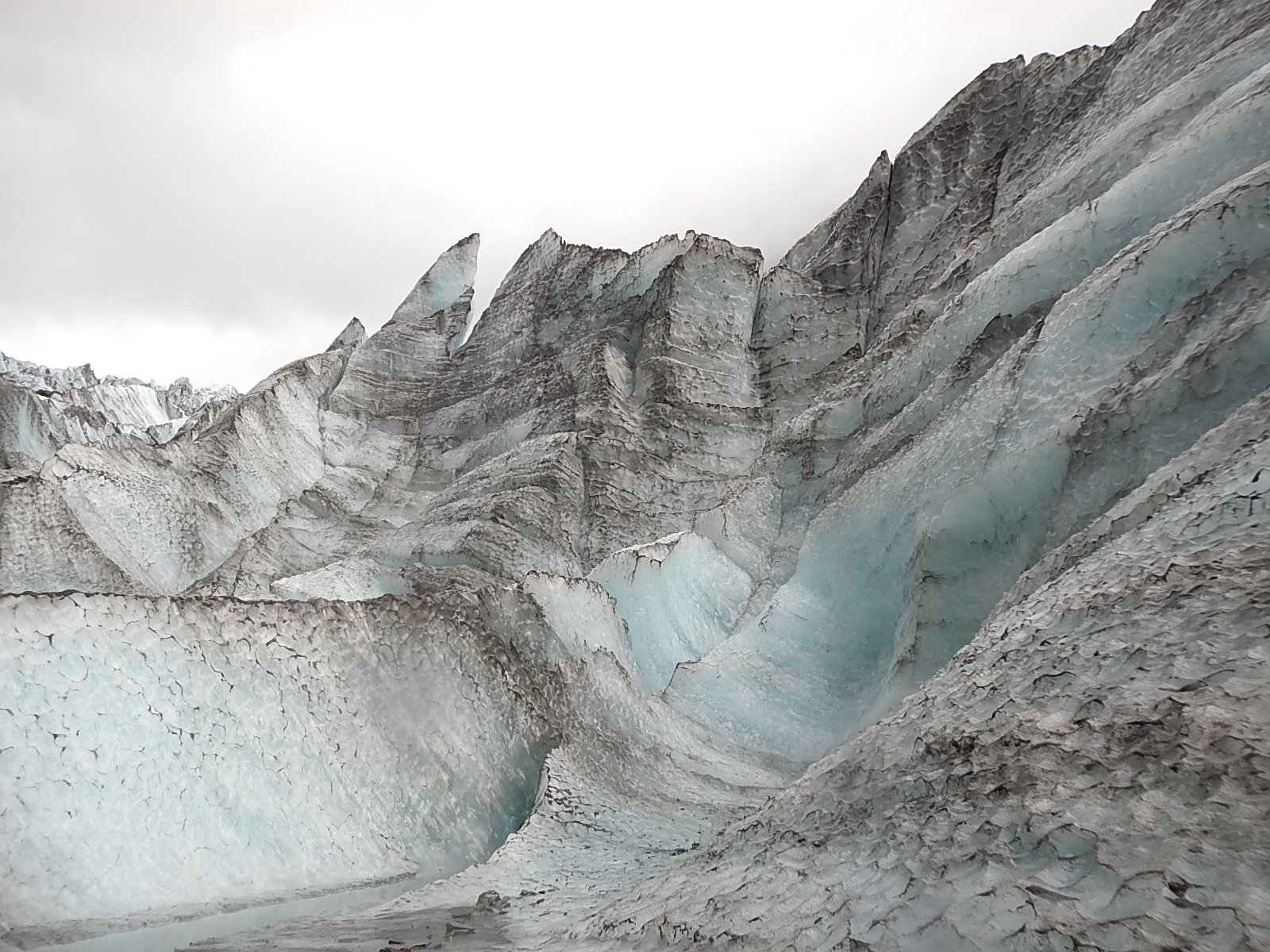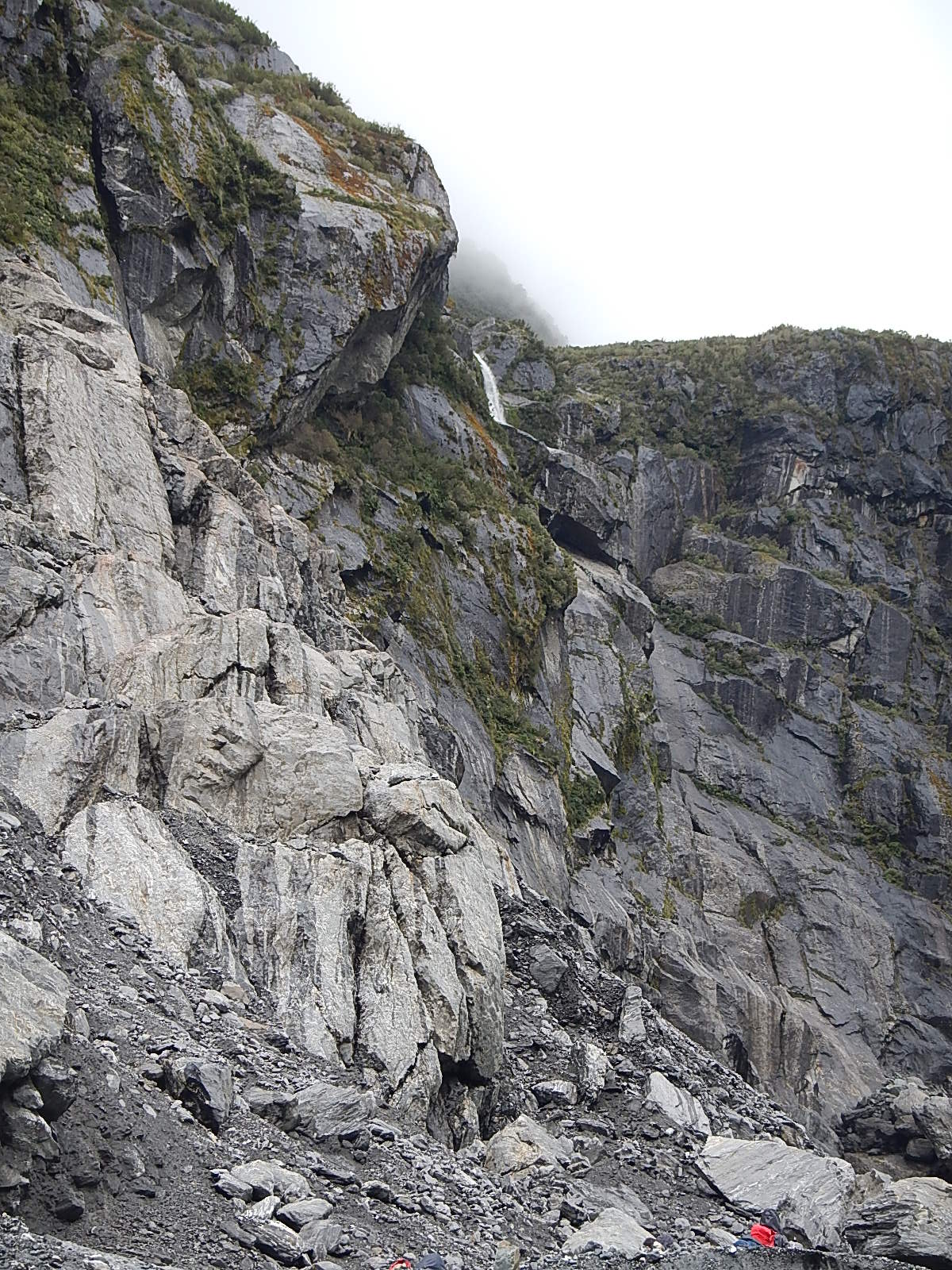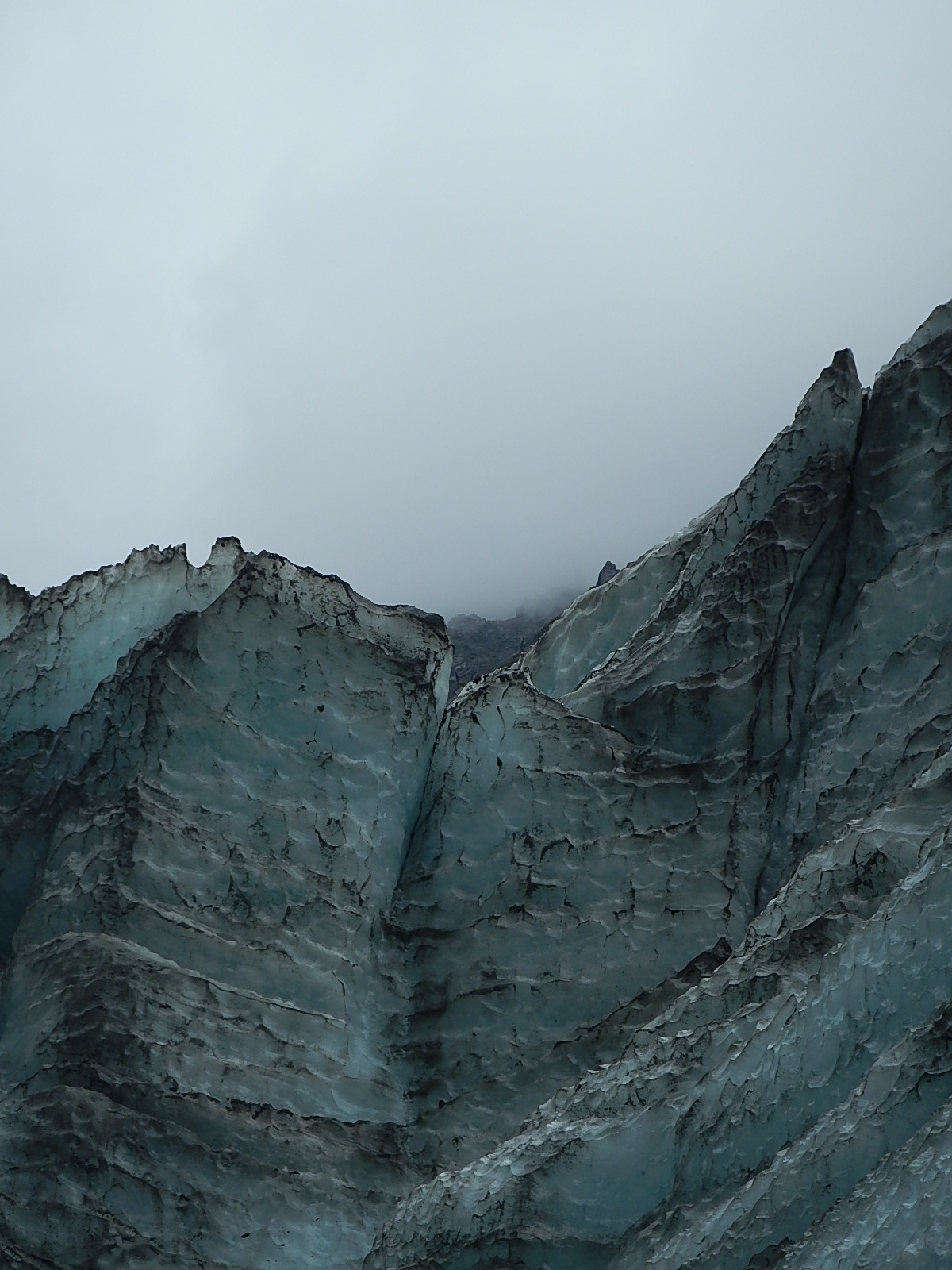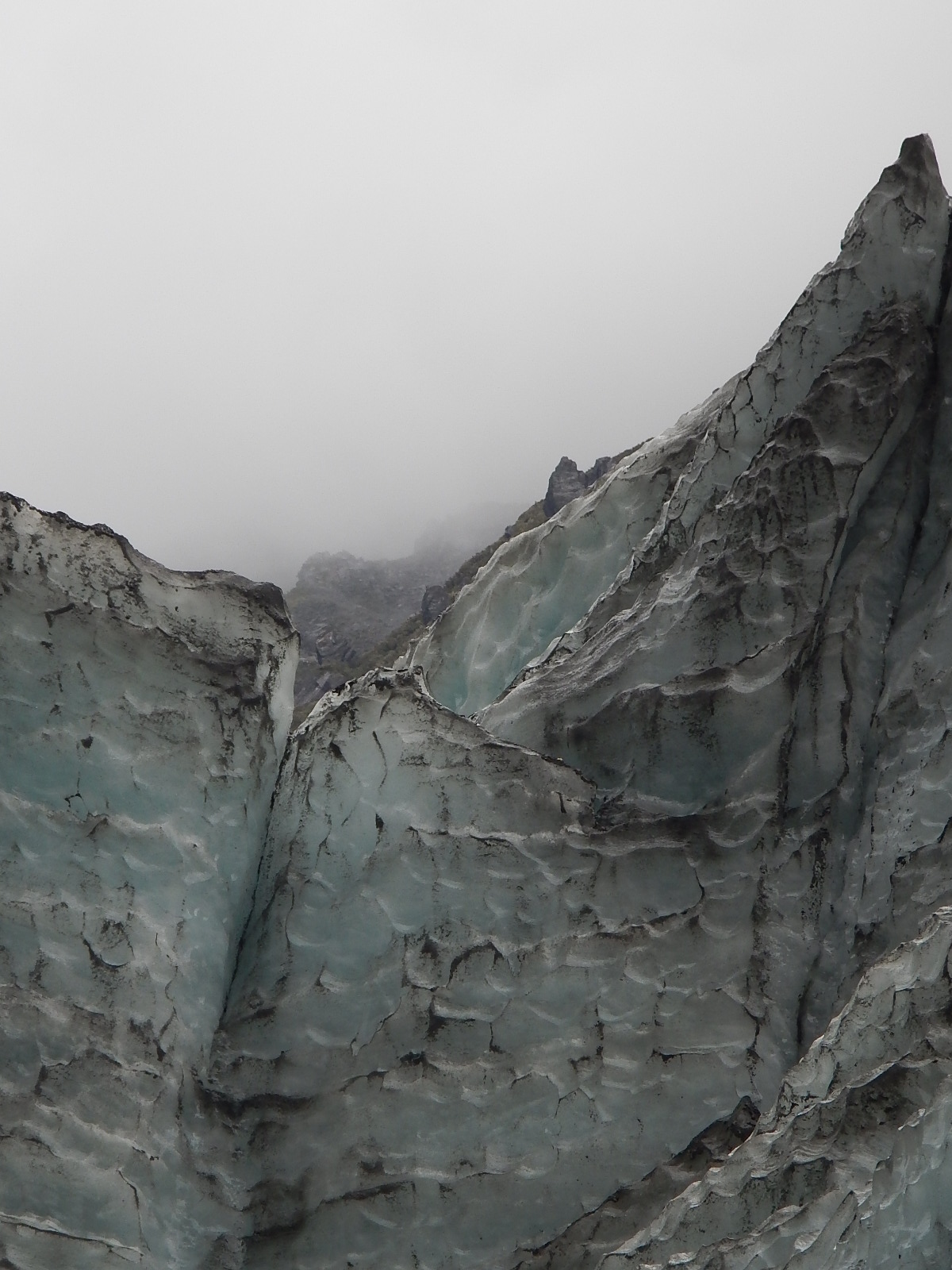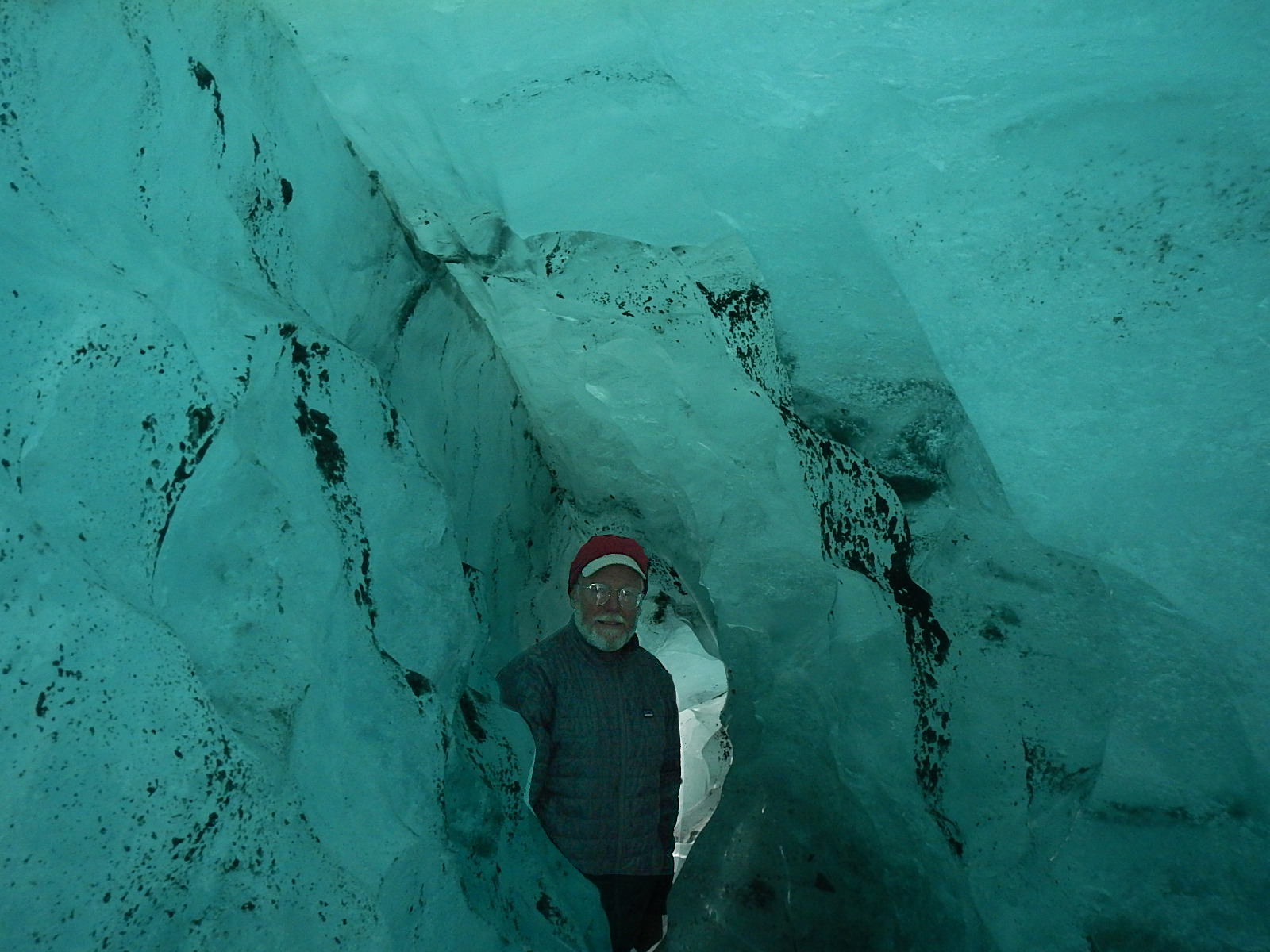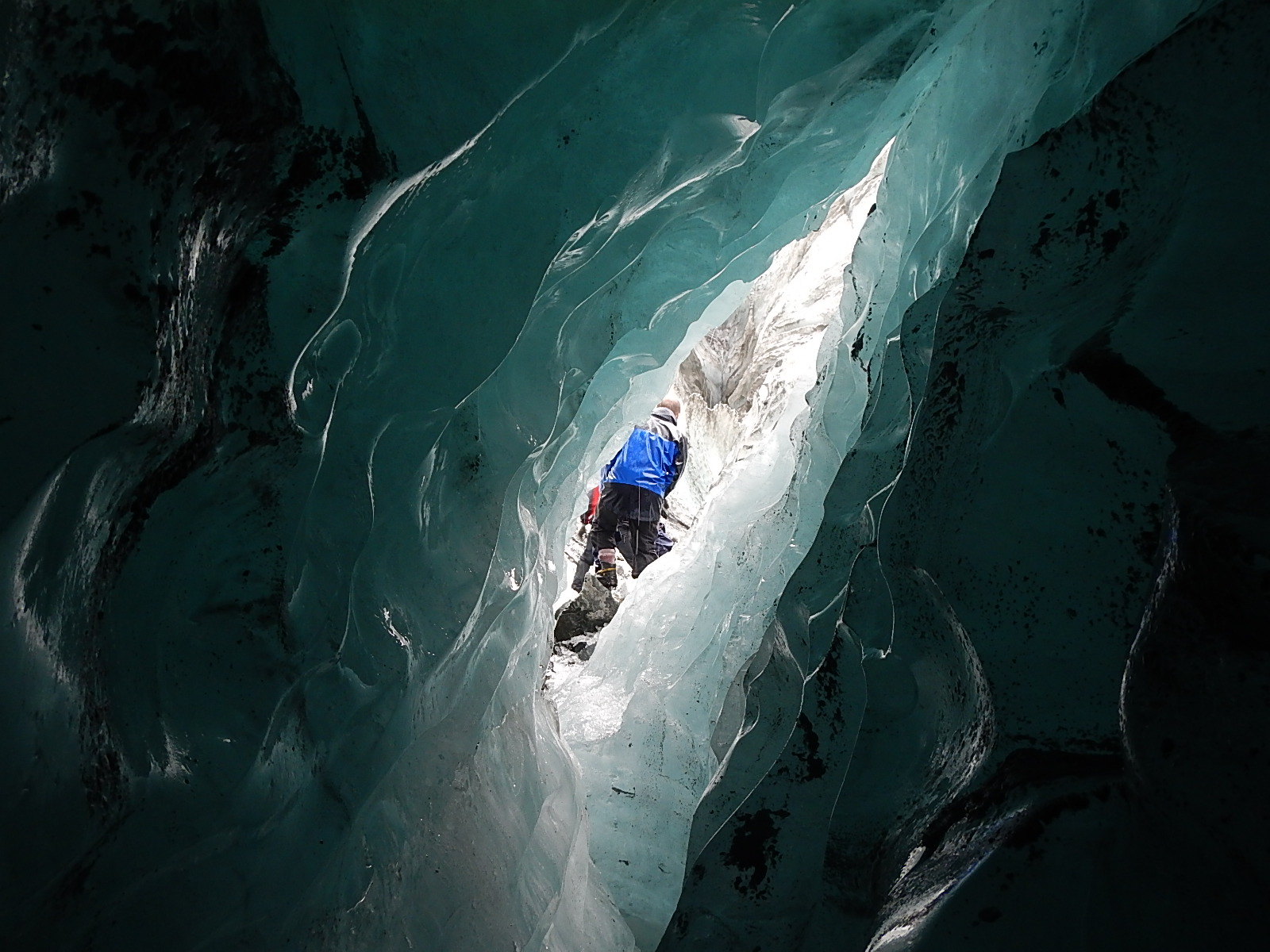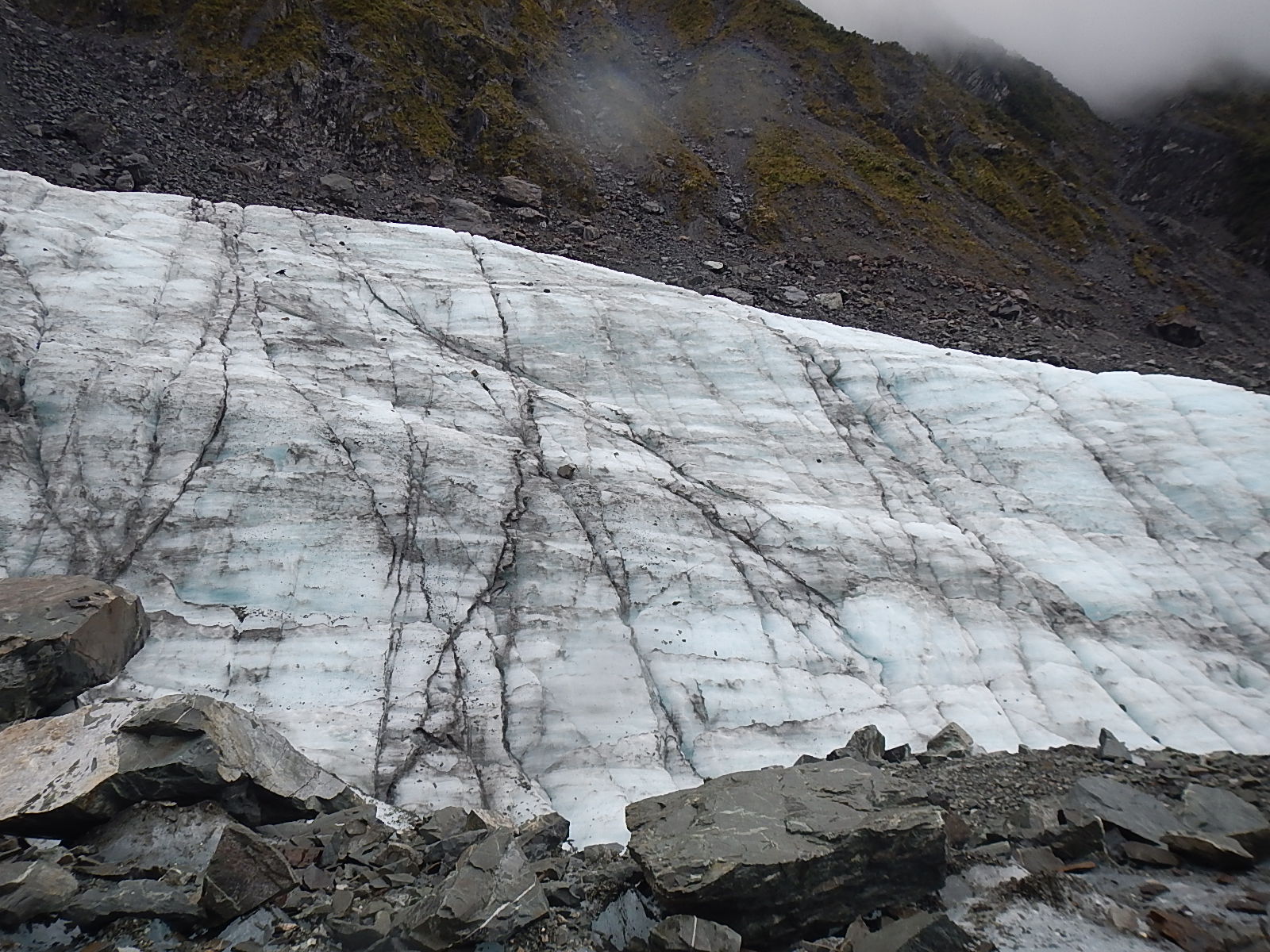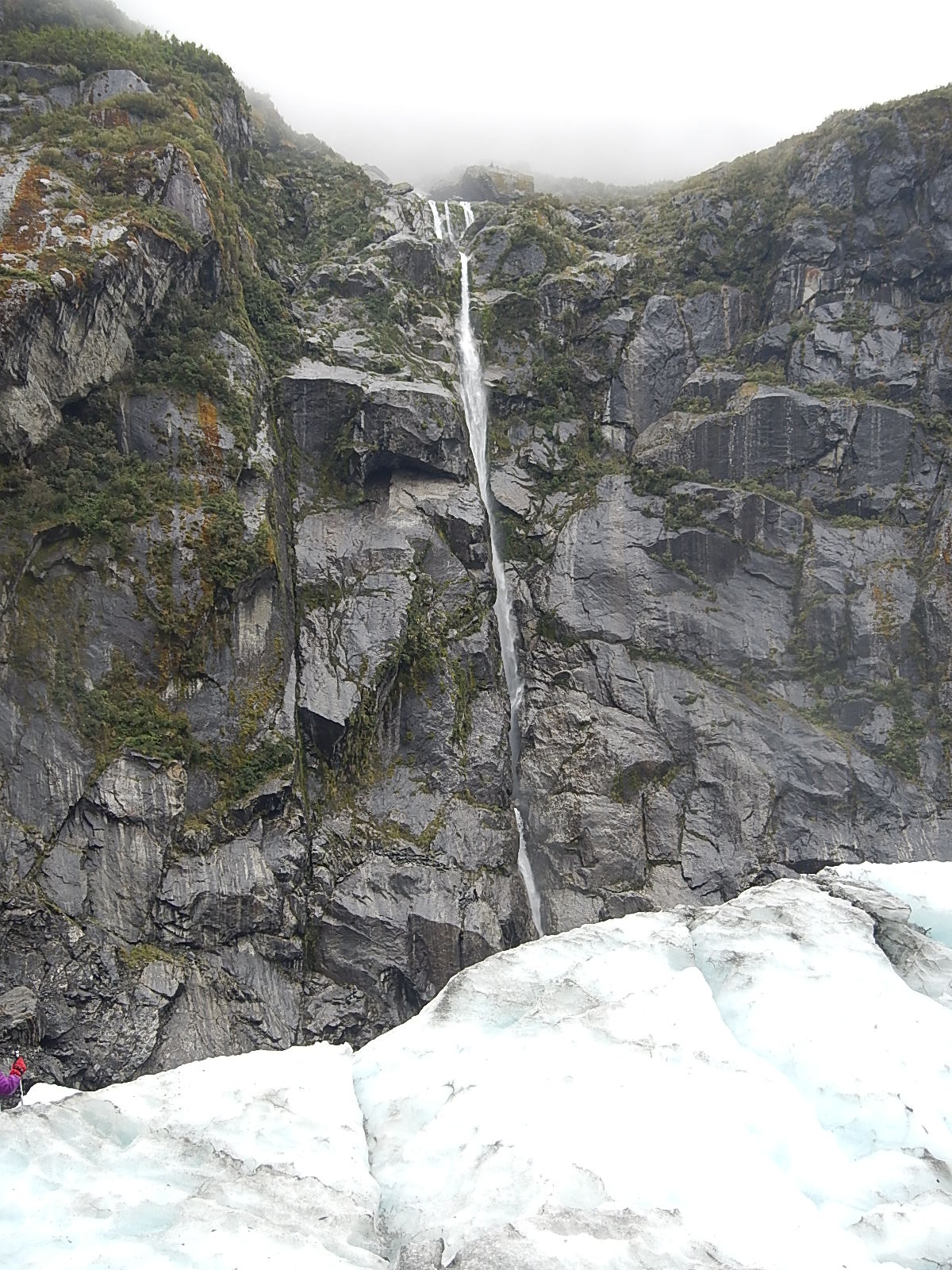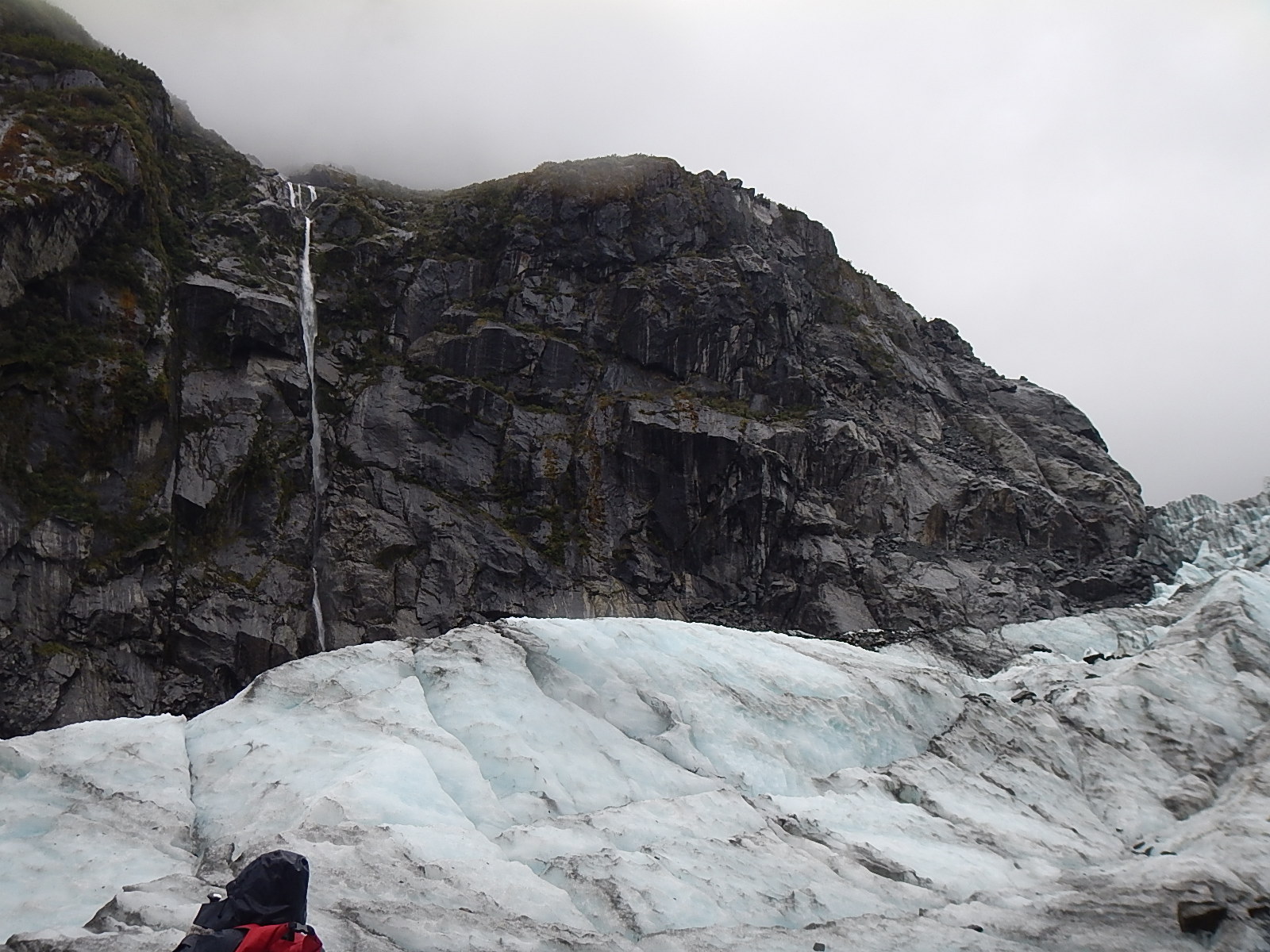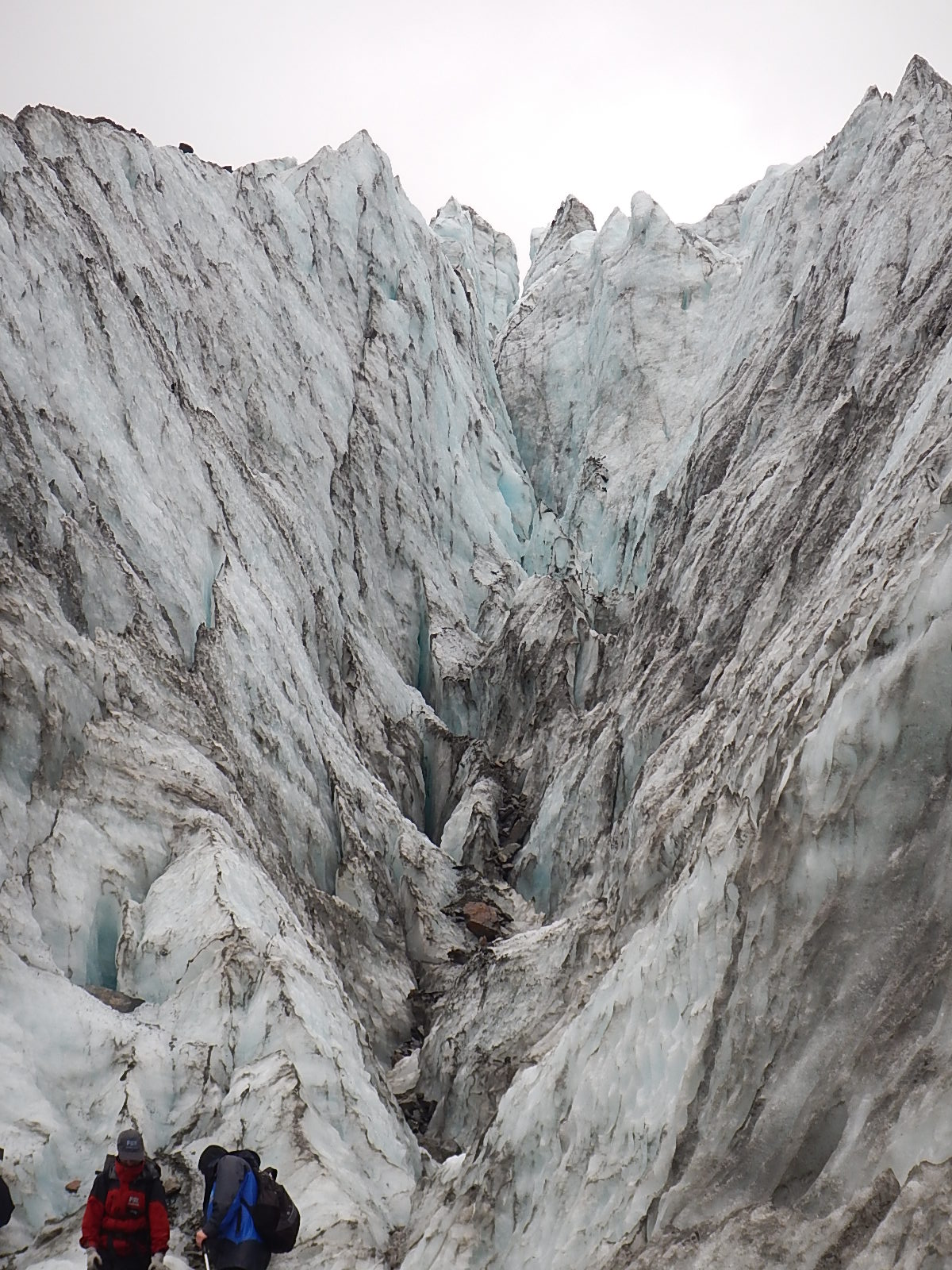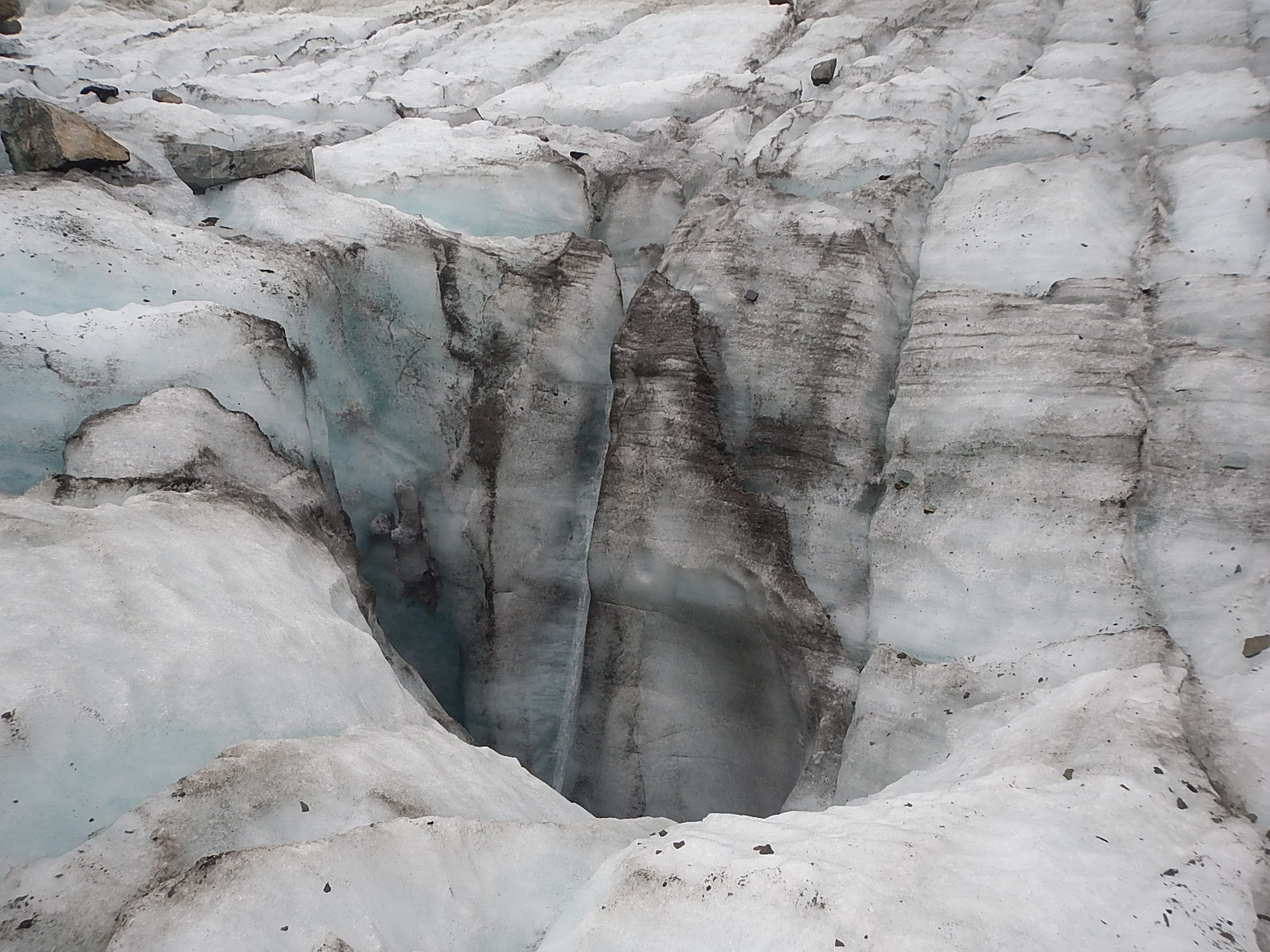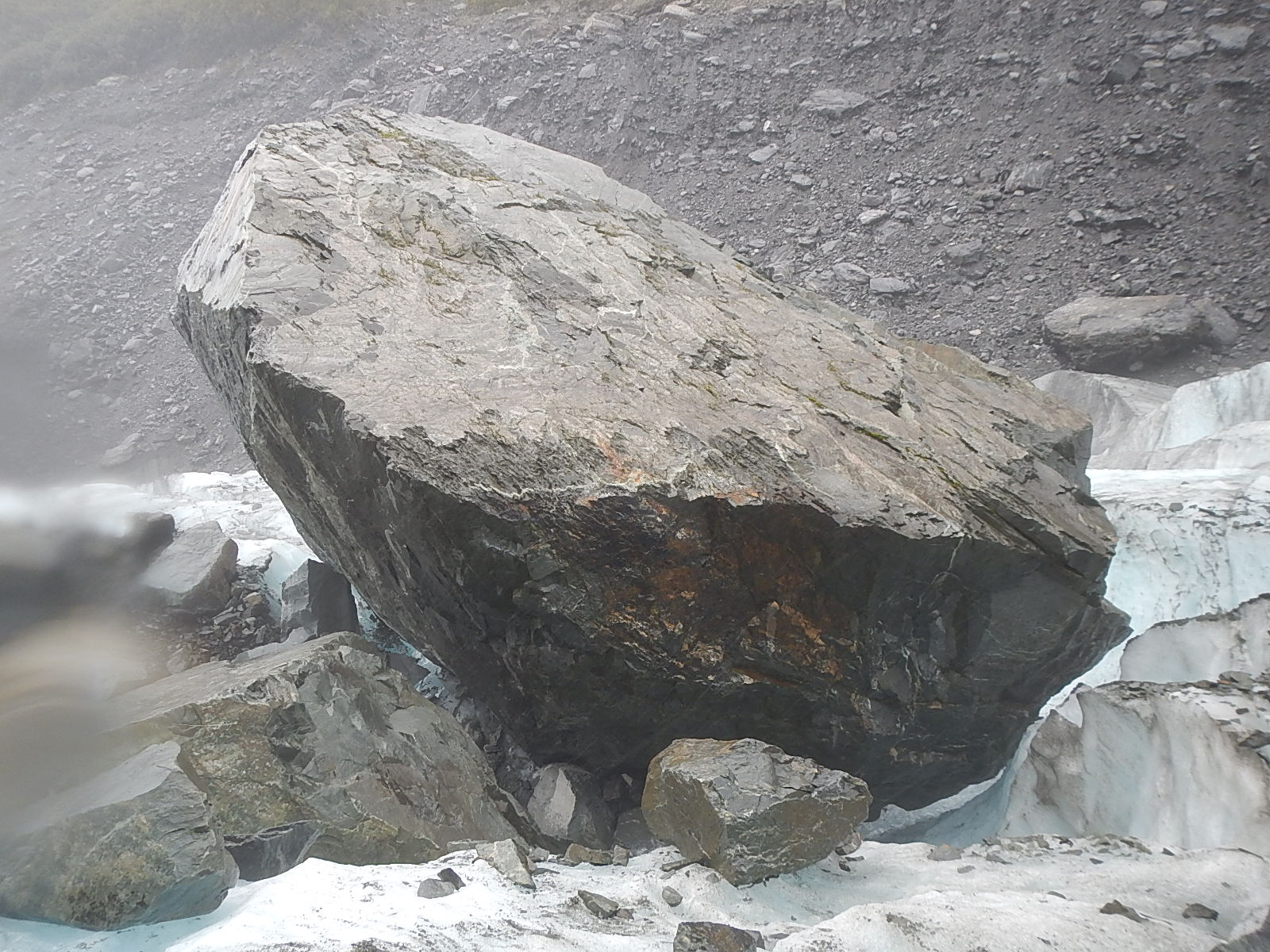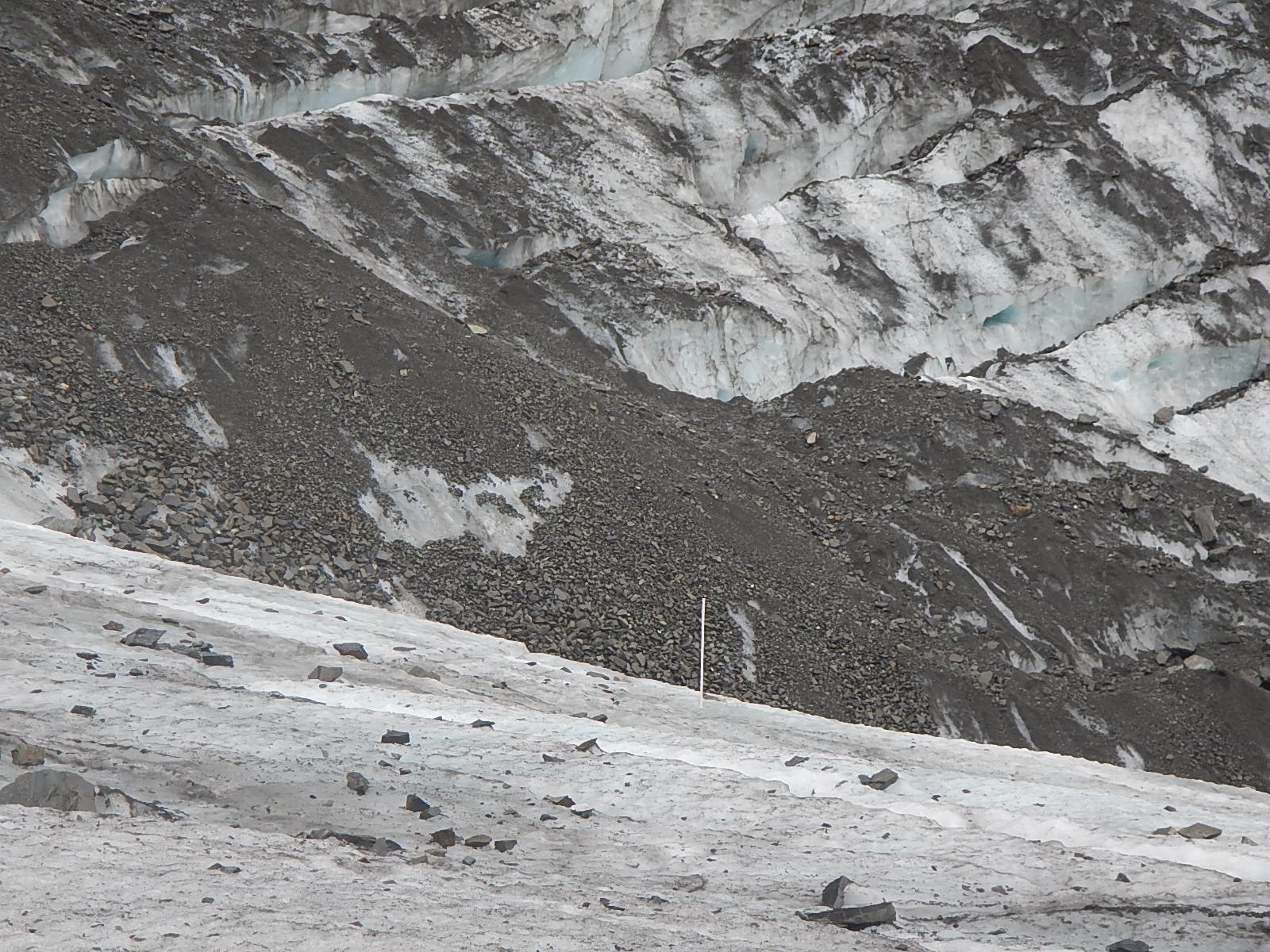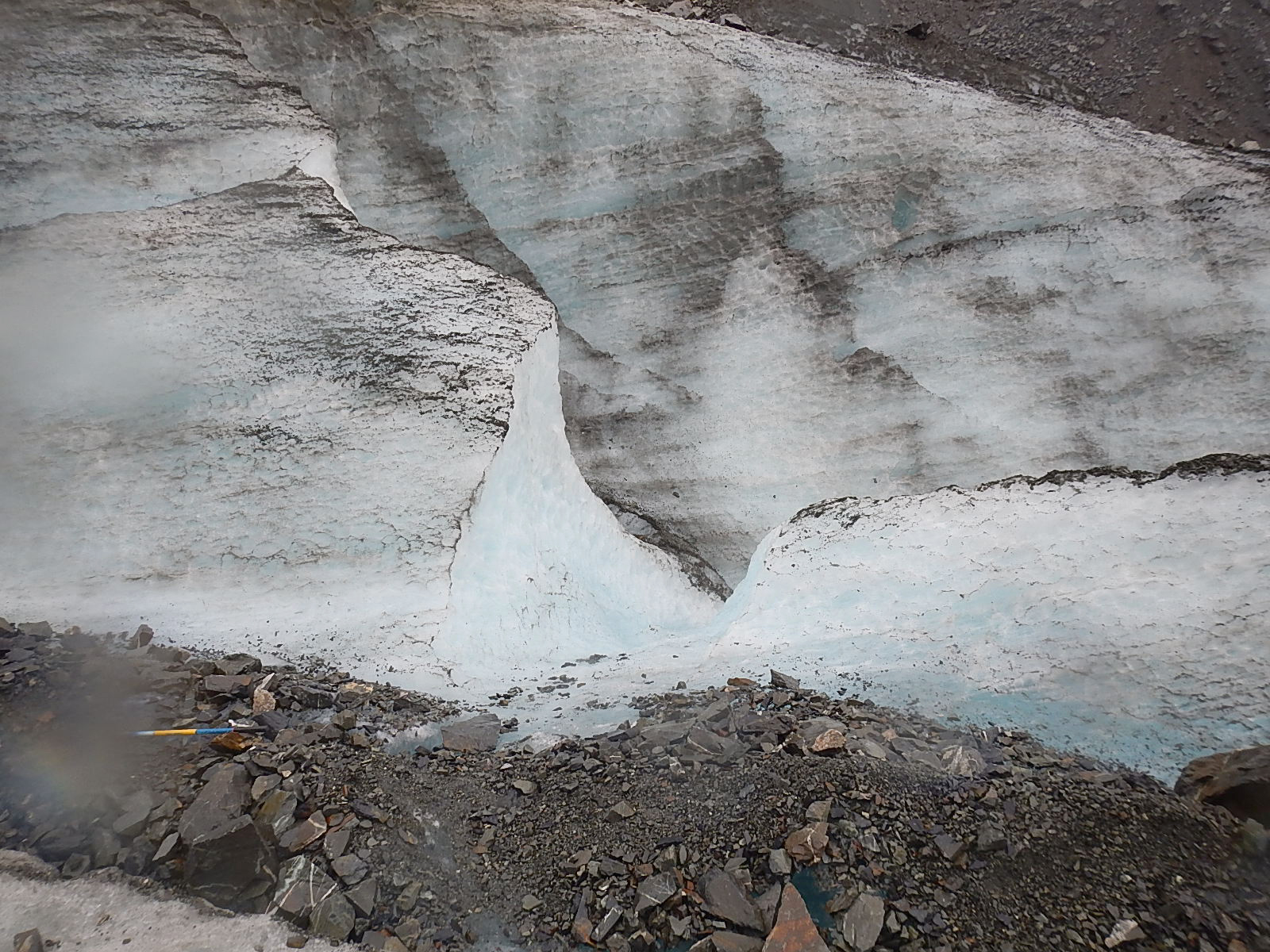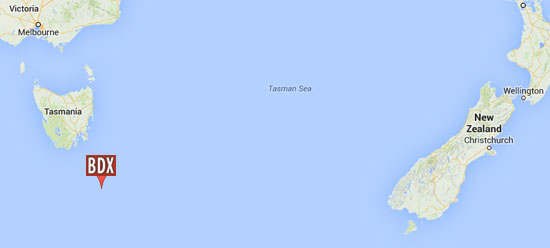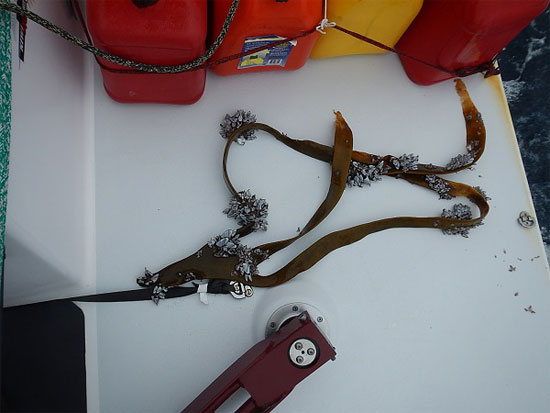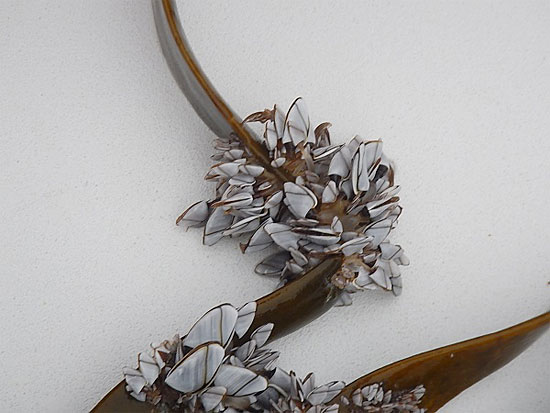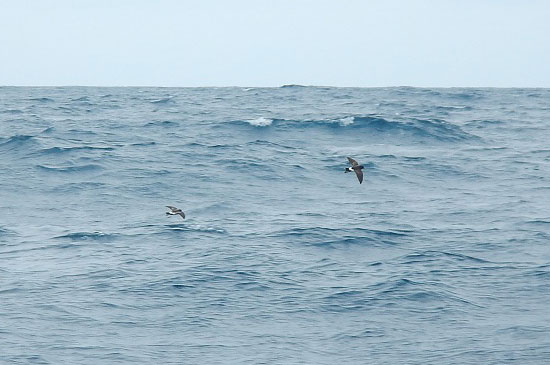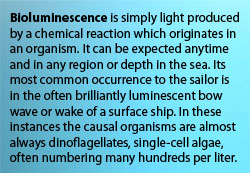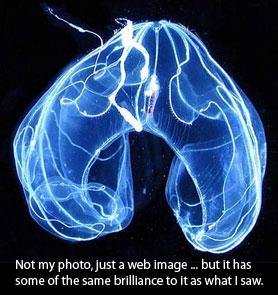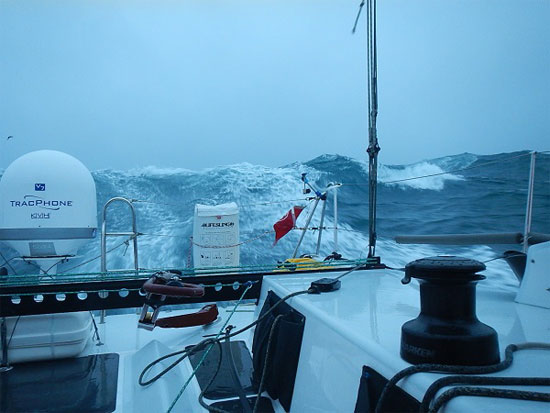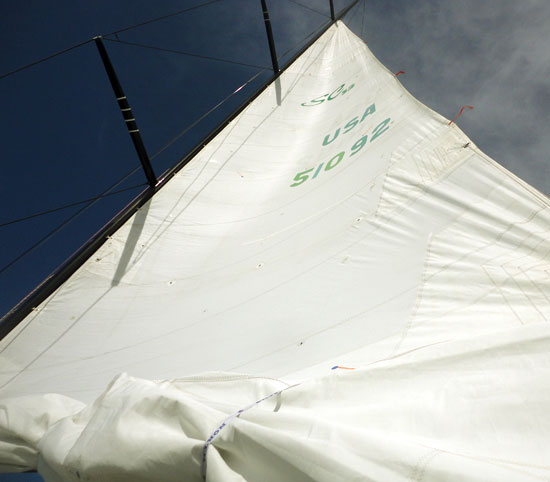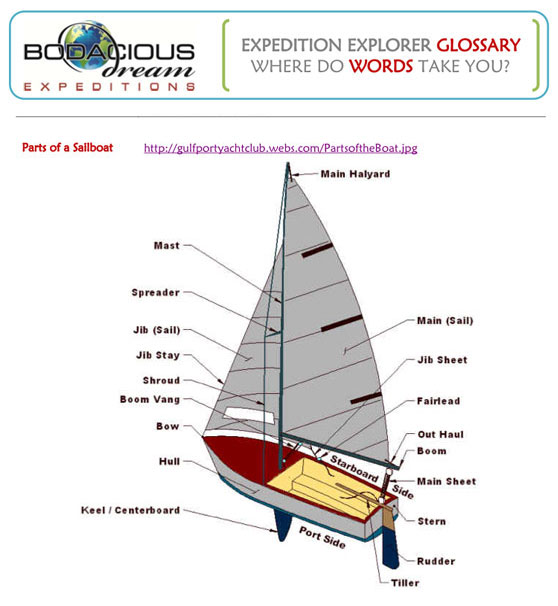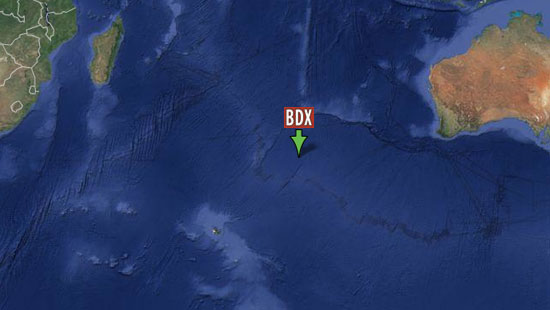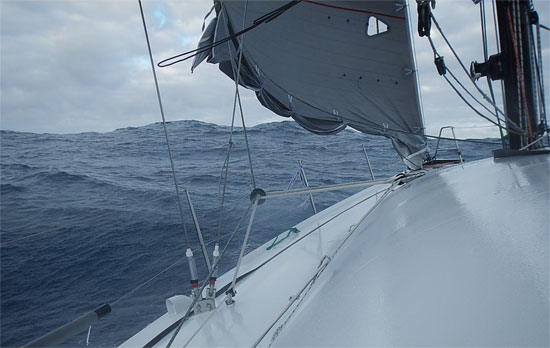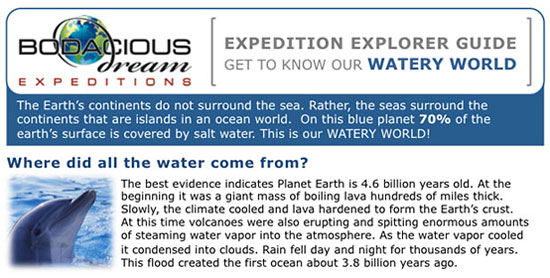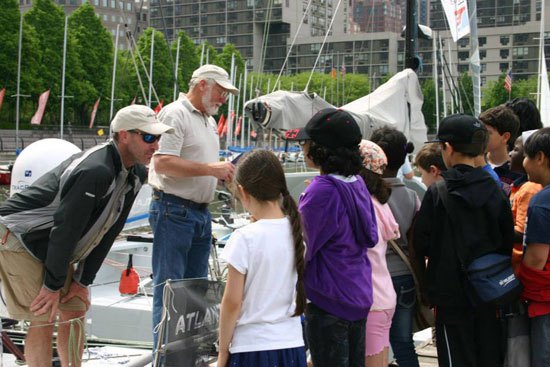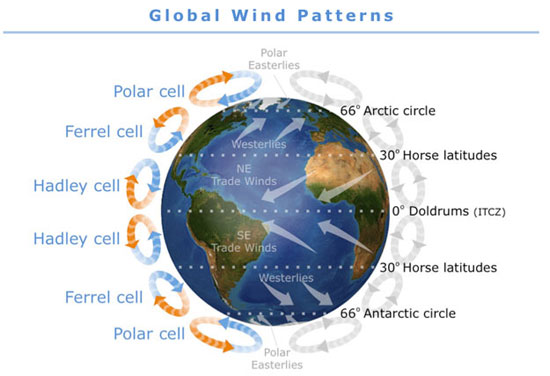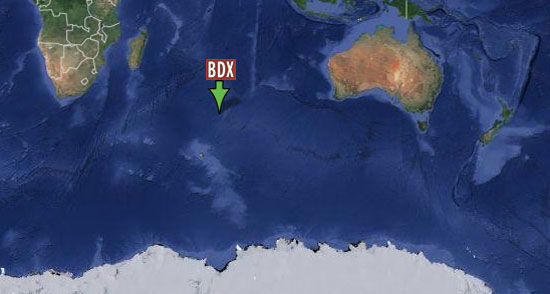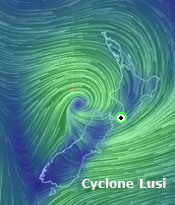 Here in Wellington, preparations for our departure are complete. Bodacious Dream is ready and waiting to take off on Leg 3 of our single handed circumnavigation, but as has happened before … weather considerations are conspiring to delay our departure! First there was a cyclone named “Lusi” that dropped down on us from up north and then another storm that also delayed our departure. (You can view the state of the winds at any place in the world (and in near real-time) on the marvelous EarthWindMap website.)
Here in Wellington, preparations for our departure are complete. Bodacious Dream is ready and waiting to take off on Leg 3 of our single handed circumnavigation, but as has happened before … weather considerations are conspiring to delay our departure! First there was a cyclone named “Lusi” that dropped down on us from up north and then another storm that also delayed our departure. (You can view the state of the winds at any place in the world (and in near real-time) on the marvelous EarthWindMap website.)
Once the weather stabilizes, Bo and I will depart this lovely place and head east to a waypoint along Longitude 100 West – about a three-week sail from Wellington. Once there, we’ll carefully weigh all the seasonal weather projections and at that point make a final decision as to the prudency of either heading south and around Cape Horn as planned or instead heading north along the west coast of South America to the Galapagos Islands and from there onto and through the Panama Canal. Whichever way it goes, big decisions and big adventures await us. More on all of this very soon!
![]() In the meantime, and in case you missed it earlier, we want to update you on a SUPER cool education initiative being undertaken by our good friends from the Atlantic Cup Race – 11th Hour Racing and Manuka Sports Event Management.
In the meantime, and in case you missed it earlier, we want to update you on a SUPER cool education initiative being undertaken by our good friends from the Atlantic Cup Race – 11th Hour Racing and Manuka Sports Event Management.
After what I know has been a particularly harsh winter for many, springtime once again approaches … and as it does, thoughts of another sailing season begin to stir.
 For the past two years, Bodacious Dream has started its season off by racing the Atlantic Cup, a challenging three-leg event up the Atlantic Seaboard, starting in Charleston, SC, with a stopover after reaching New York City before finishing up in Newport, RI for the inshore leg. With Bo and I being in the Southern Hemisphere, we’ll sadly be missing the fun this year.
For the past two years, Bodacious Dream has started its season off by racing the Atlantic Cup, a challenging three-leg event up the Atlantic Seaboard, starting in Charleston, SC, with a stopover after reaching New York City before finishing up in Newport, RI for the inshore leg. With Bo and I being in the Southern Hemisphere, we’ll sadly be missing the fun this year.
I have many fond memories of the past two years, especially last year, where after winning the first two legs sailing double handed with Matt Scharl, I along with a stellar inshore crew held off an incredibly competitive fleet of challengers to win the overall event!

That’s Bodacious Dream from last year’s AC … with the Jamestown FiSH sail!
Another exciting side of the Atlantic Cup is that the sponsor, 11th Hour Racing along with race organizers Manuka Sports Event Management, run by Julianna Barbieri and Hugh Piggin take a very active interest in providing educational opportunities to youth in the harbors into which the racers sail. We have always enjoyed taking part in these “Education Days,” as you know our abiding interest is to share the Bodacious Dream experience, just as we do now with our own educational aids for kids and teachers through our BDX website and Explorer Guides.
 Learning by raising questions from nature …
Learning by raising questions from nature …
Sharing our mutual interest in providing learning experiences for people and kids, the Atlantic Cup has chosen this time around to combine our efforts with theirs by utilizing some of our Explorer Guides materials to launch their own new KID’S PAGE this year. So, while Bodacious Dream will greatly miss competing in this year’s Atlantic Cup, (truly one of the top Class 40 regattas worldwide,) we are grateful that our presence will be felt in the content on the Kids Page of the Atlantic Cup Site. This chance to continue to influence and educate people and kids, (not to mention seeing myself represented as a friendly cartoon character) – is almost as big a kick and honor as winning the event itself.

I guess I DO look like that! What do you know. Open their PDF by clicking on the above image.
This is only the latest turn in the story between the Atlantic Cup and Bodacious Dream. Last year, at the request of 11th Hour Racing, I drafted a blog post wherein I tried to capture some of what I have to know about learning and discovery. I titled it … “If I knew then, what I know now“ … and you can find that by clicking on the link. In it I try to make that case that the true test of what you learn will not be a test score as much as it will be the tangible gifts that a new skill or awareness brings to your life and to your relationships with others. Ultimately, we learn best what we learn from each other. Give it a read if you like (and feel free to drop me a line.)
 Matt Scharl and I try to stand up to tough questioning … during NYC “Education Day”
Matt Scharl and I try to stand up to tough questioning … during NYC “Education Day”
Beyond the youth education outreach of The Atlantic Cup, we also support their sponsor, 11th Hour Racing in their efforts to establish dynamic new platforms for “public” education that emphasize the responsible use of energy and resources in the context of competitive sailing. Through sponsorship of winning sailing teams and regattas, advanced sailing and production practices, they help improve the energy profile and performance of racing boats and increase the personal investment of sailors in the health of our waters.
Since the beginning The Atlantic Cup, sponsored by 11th Hour Racing, and run by Manuka Sports Management has endeavored to present the most environmentally responsible sailing race in the United States – with both racing teams and race management working together to create a fully carbon neutral event event and to continue to play a leadership role in redesigning sailing practices and sailing regattas for the 21st Century.
:: Atlantic Cup Kid’s Page :: 11th Hour Racing :: Manuka Sports
So, as I prepare Bodacious Dream for the final 12,000-mile homeward journey, I hope you will follow this year’s Atlantic Cup as well as check out and share their Kids page with the kids in your world. There will be more great information coming from them once the actual race gets underway, but this is a terrific starting point for our younger followers, and those who care about their futures.
– Dave and Bodacious Dream
:: BDX Website :: Email List Sign-Up :: Explorer Guides :: BDX Facebook

